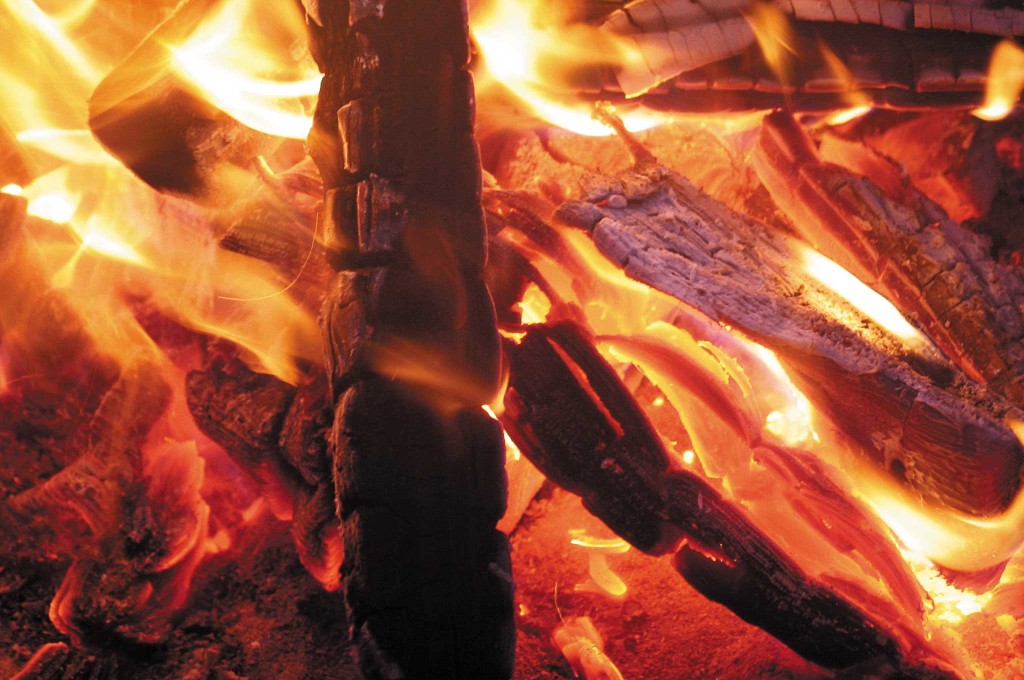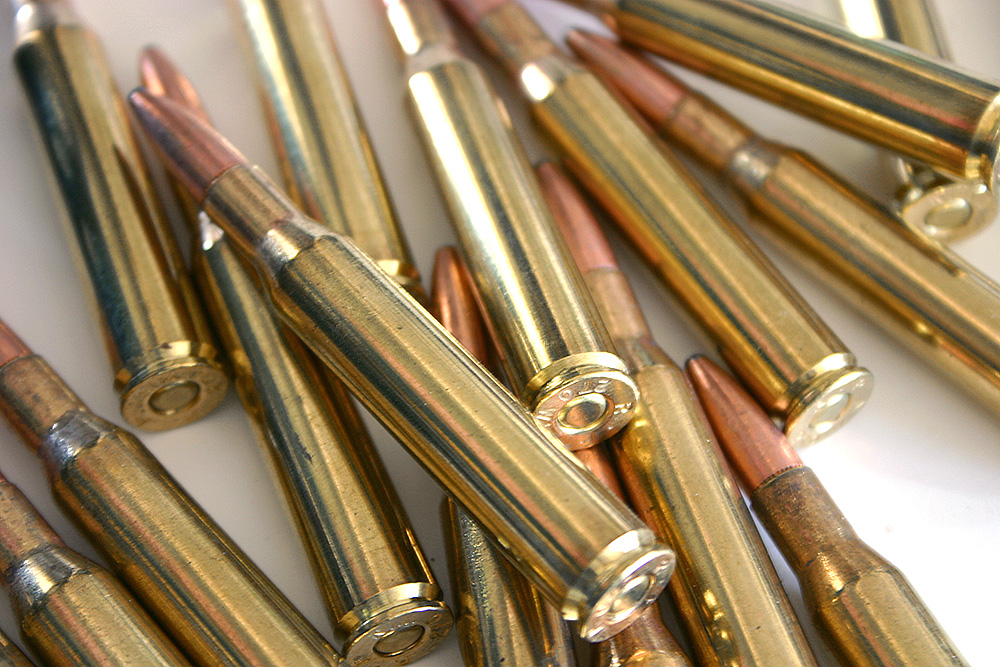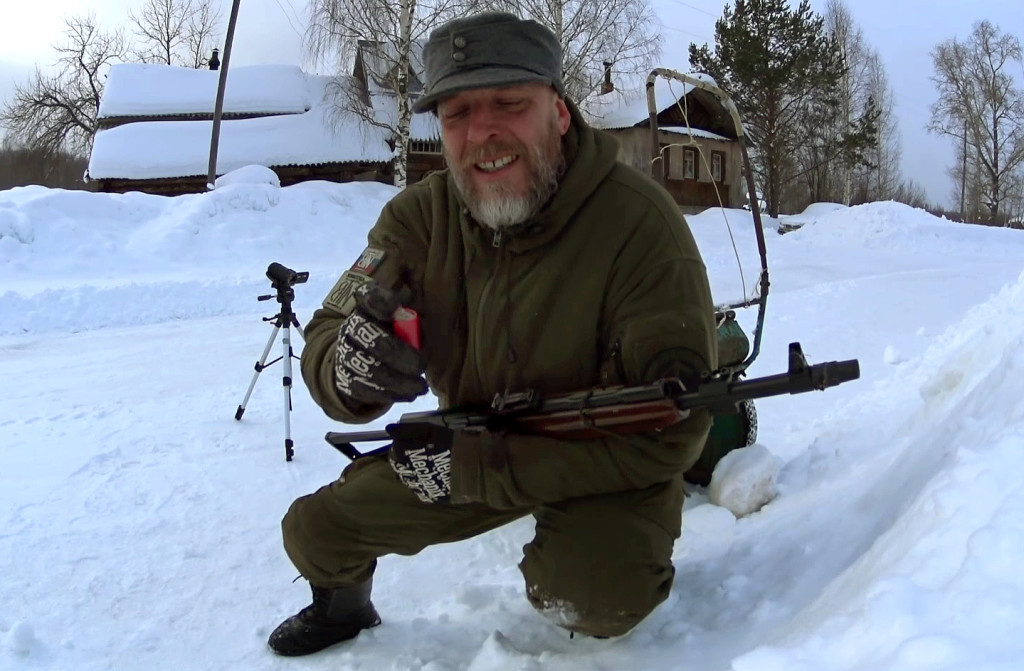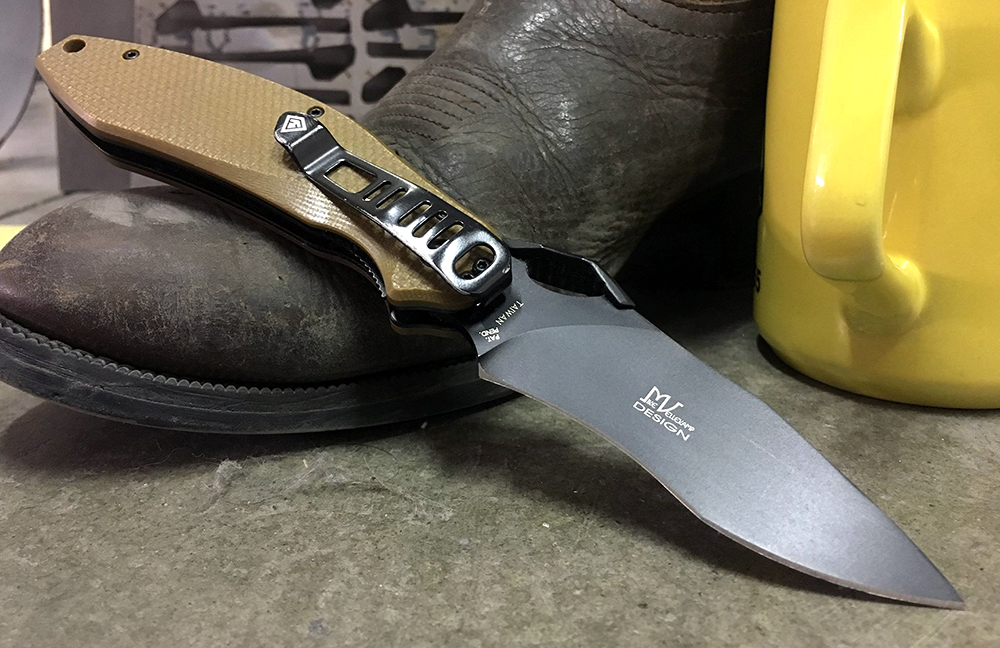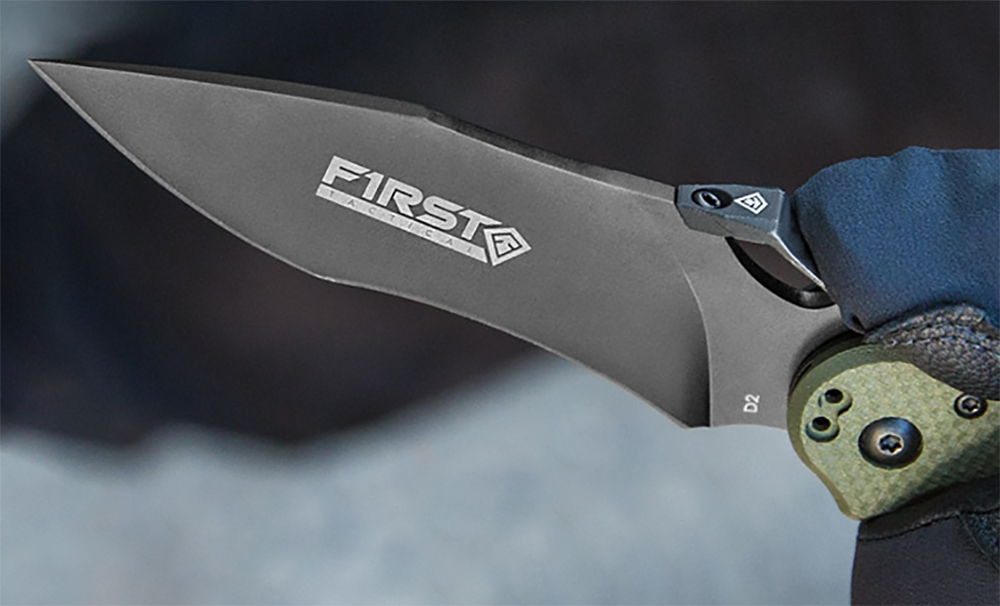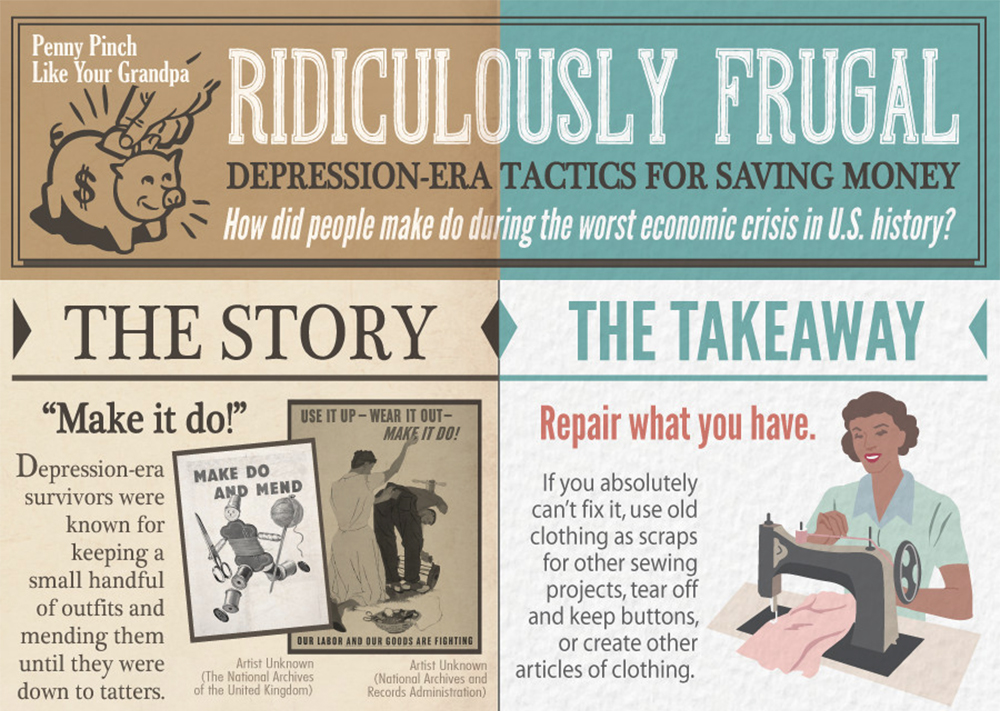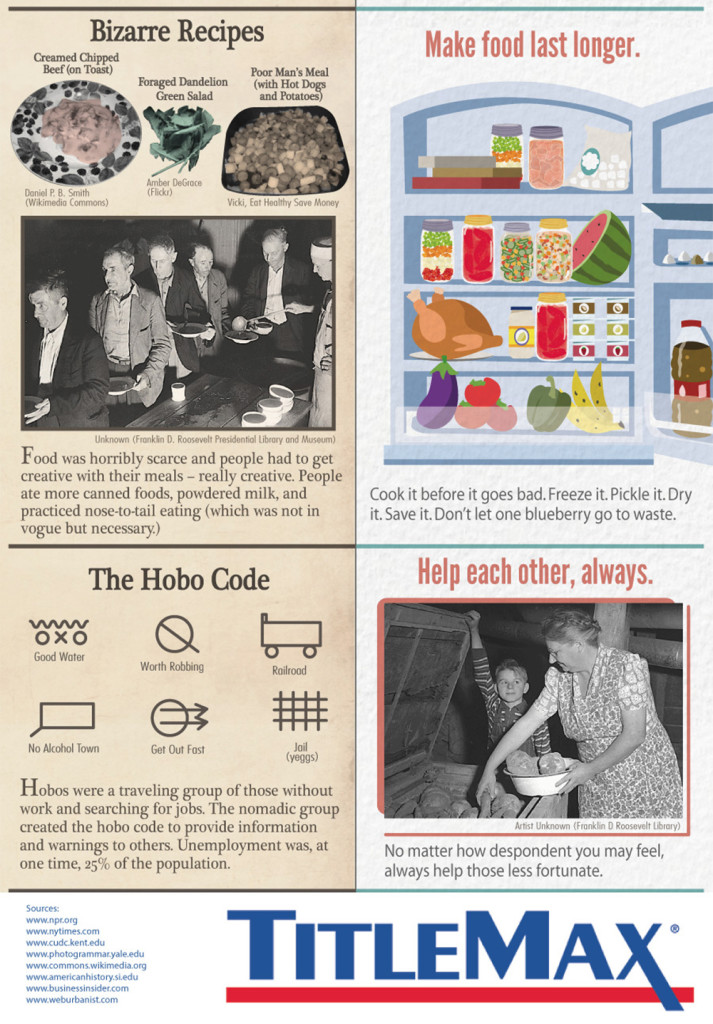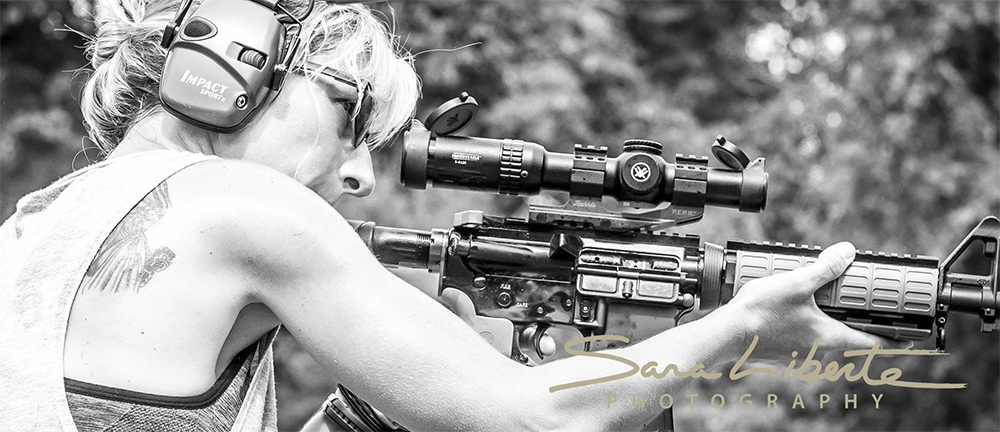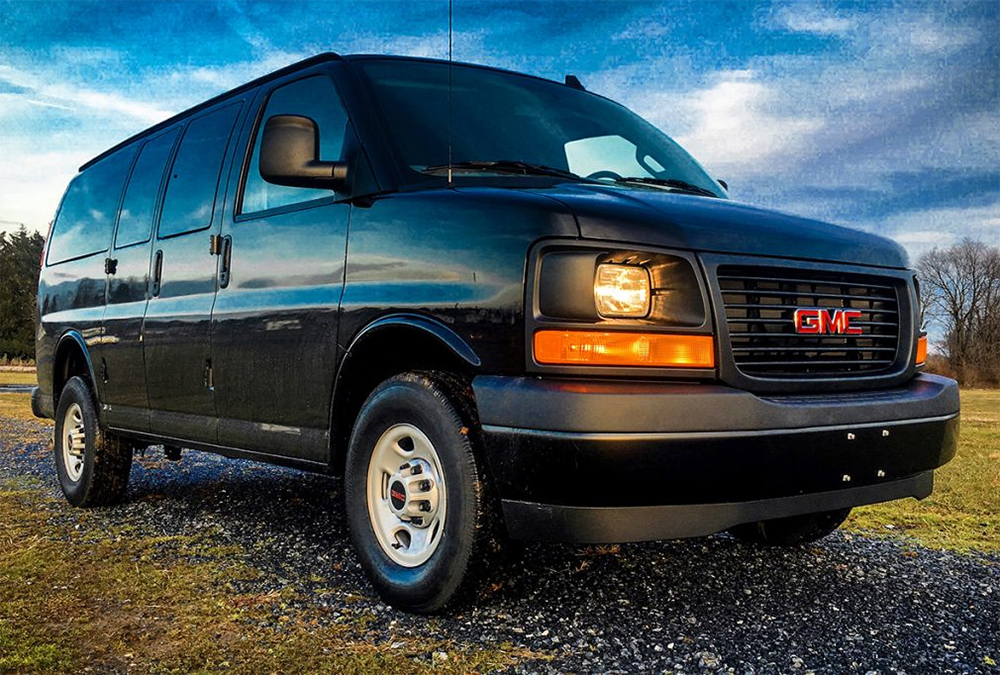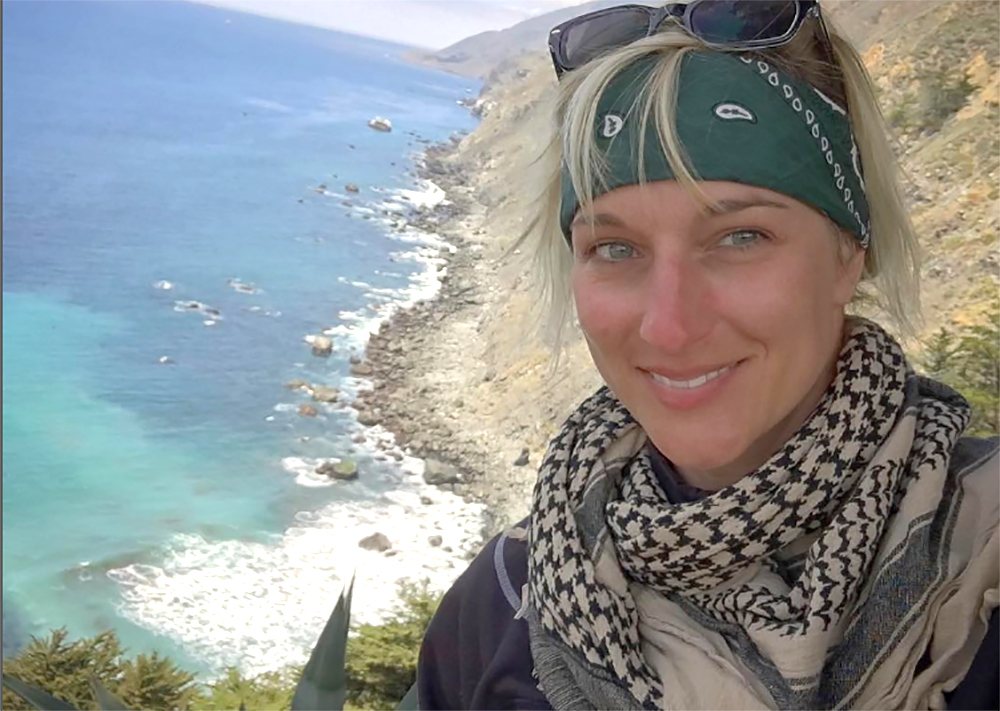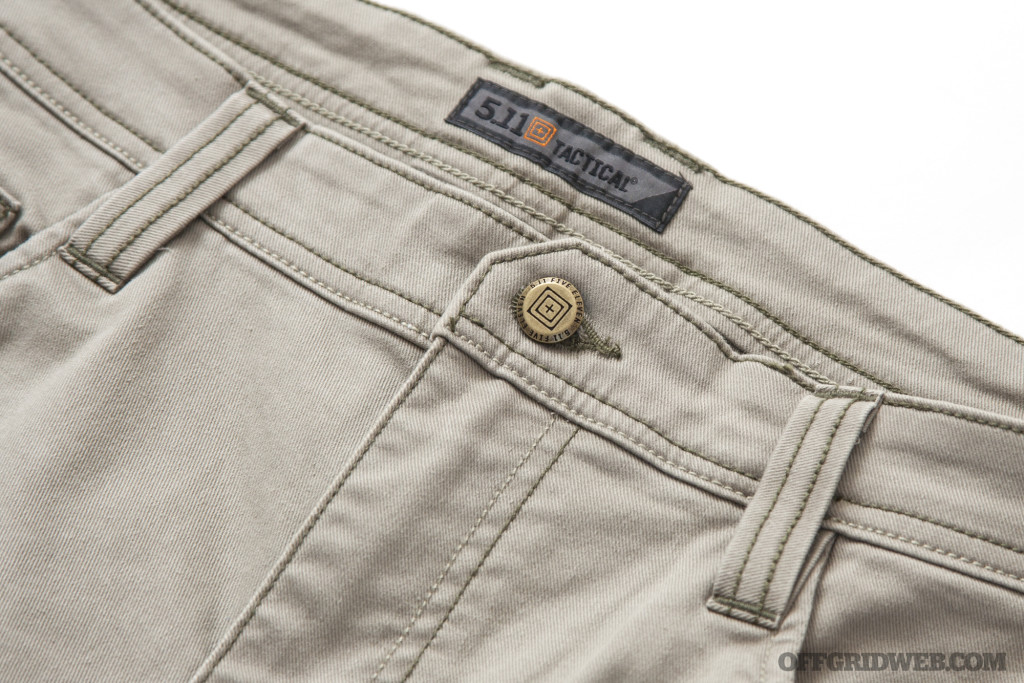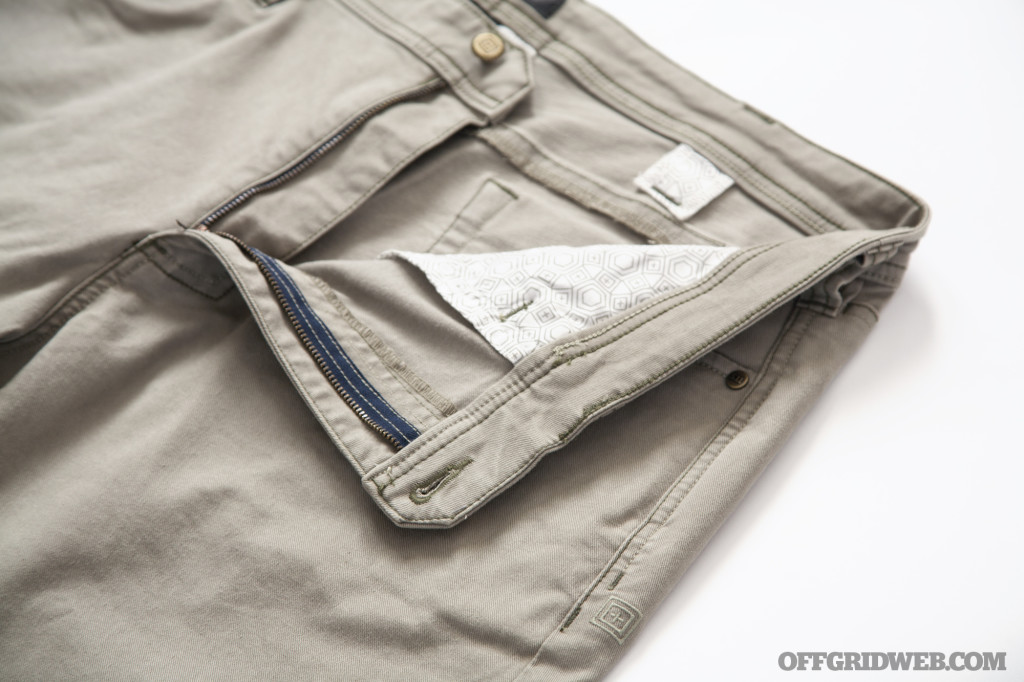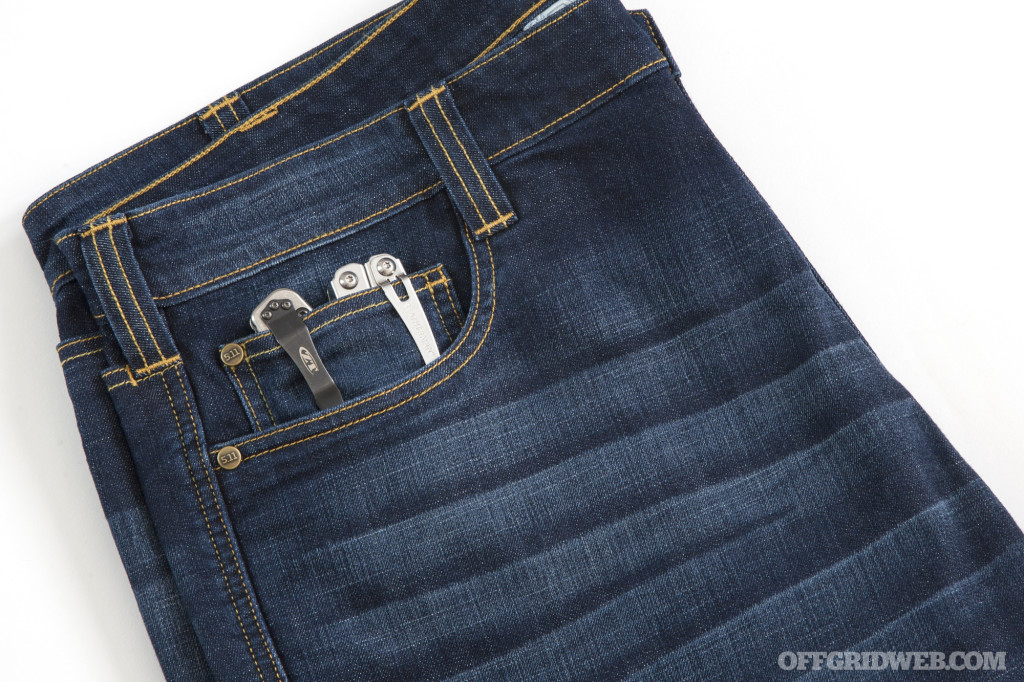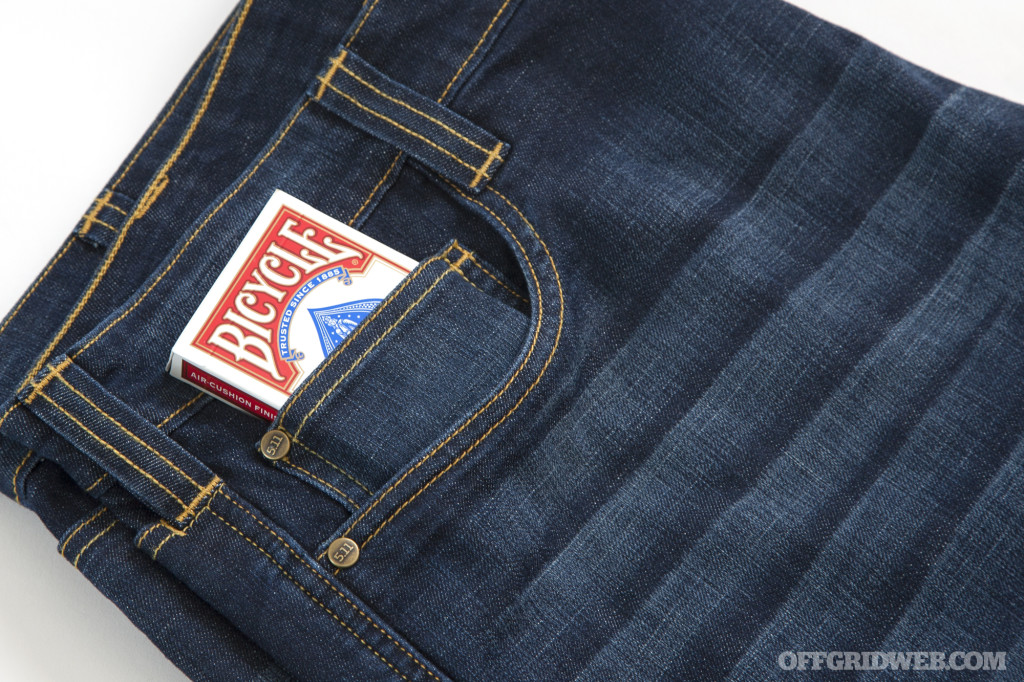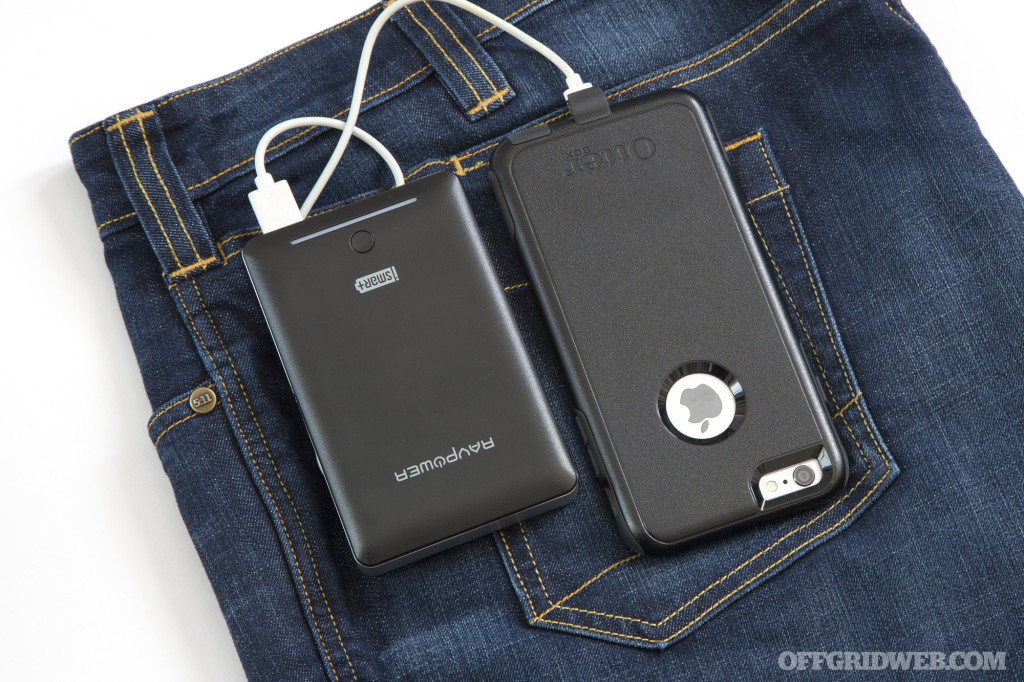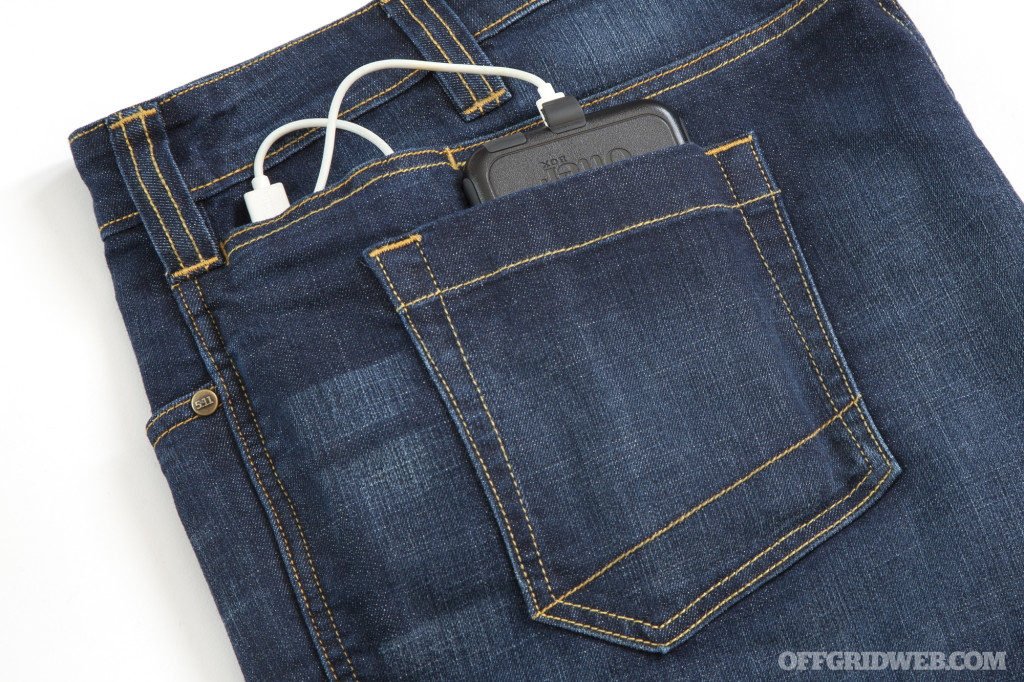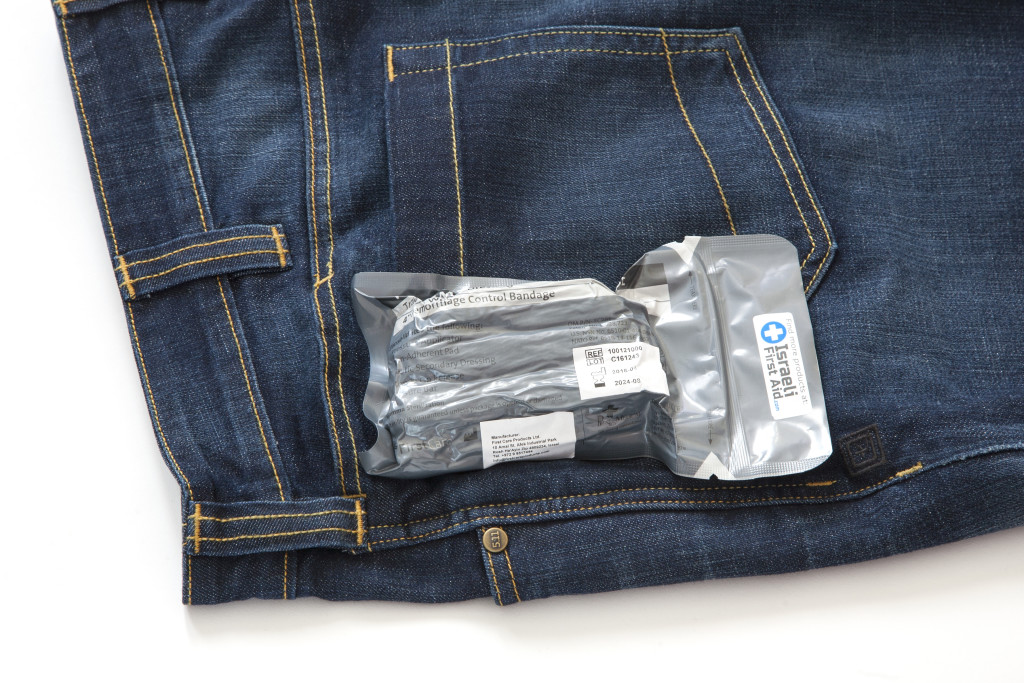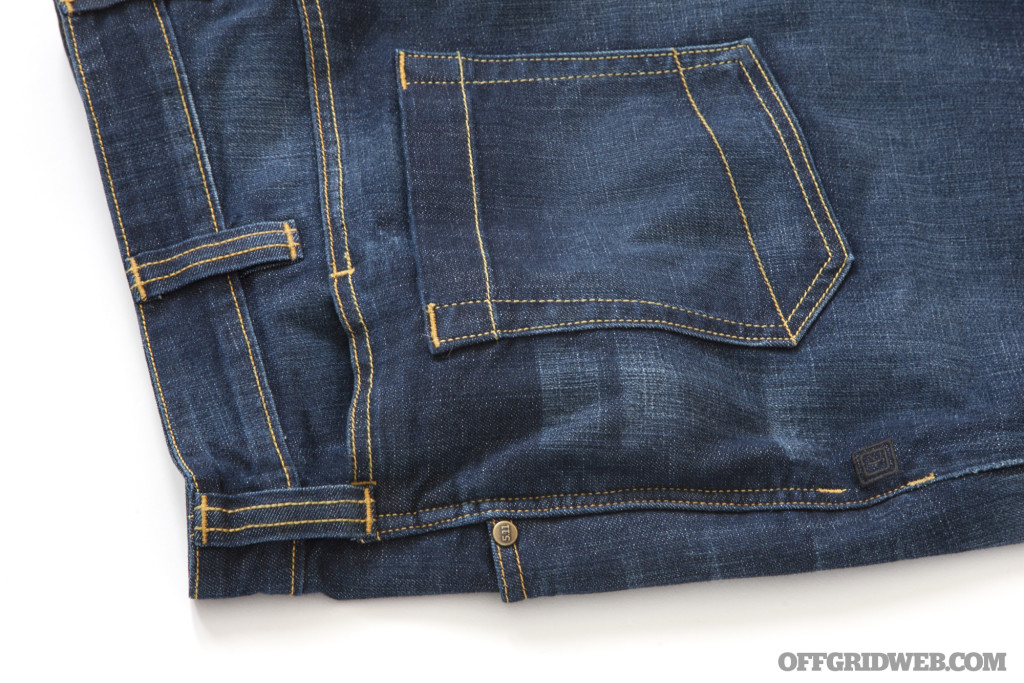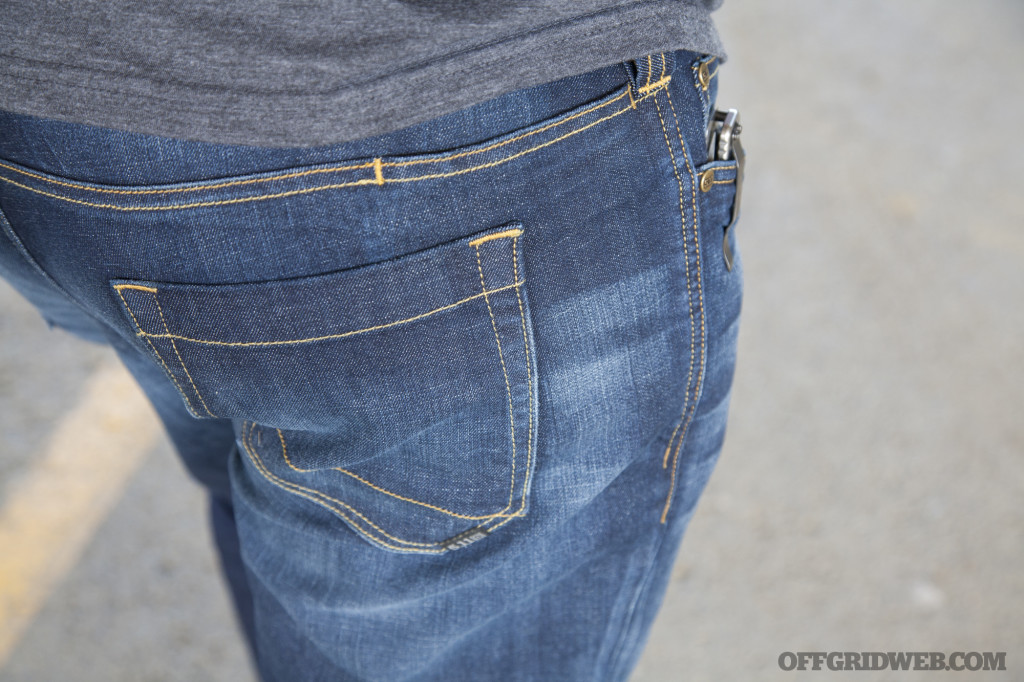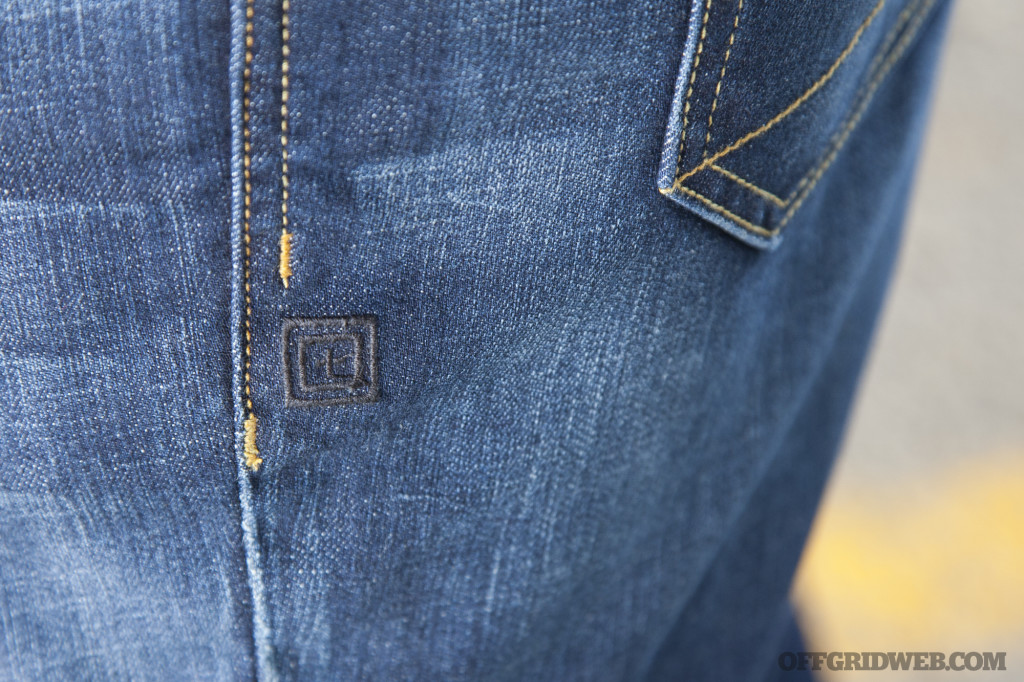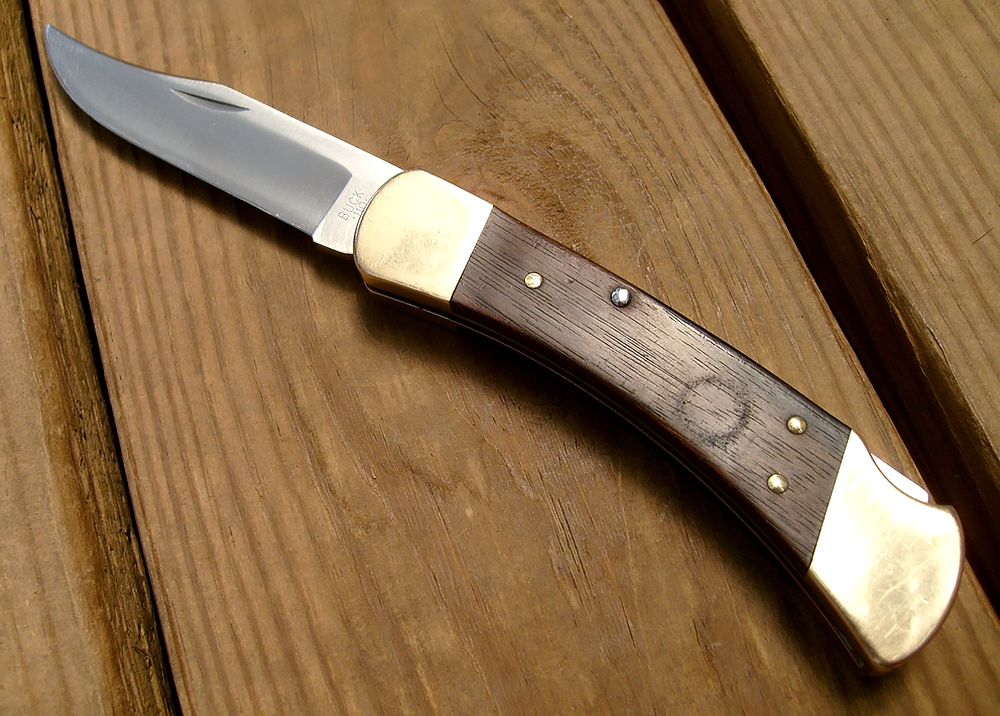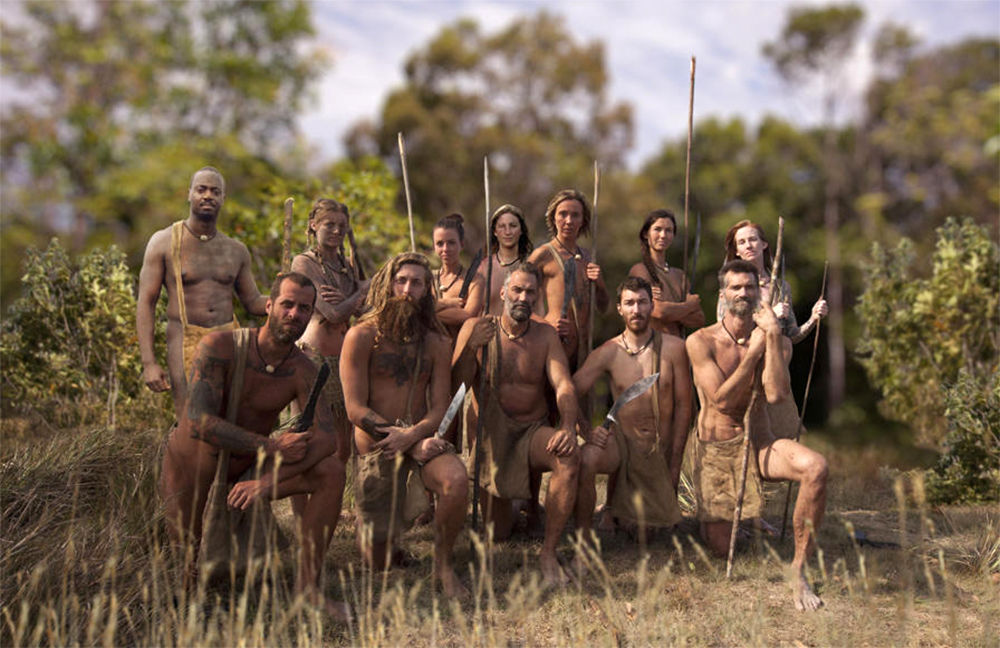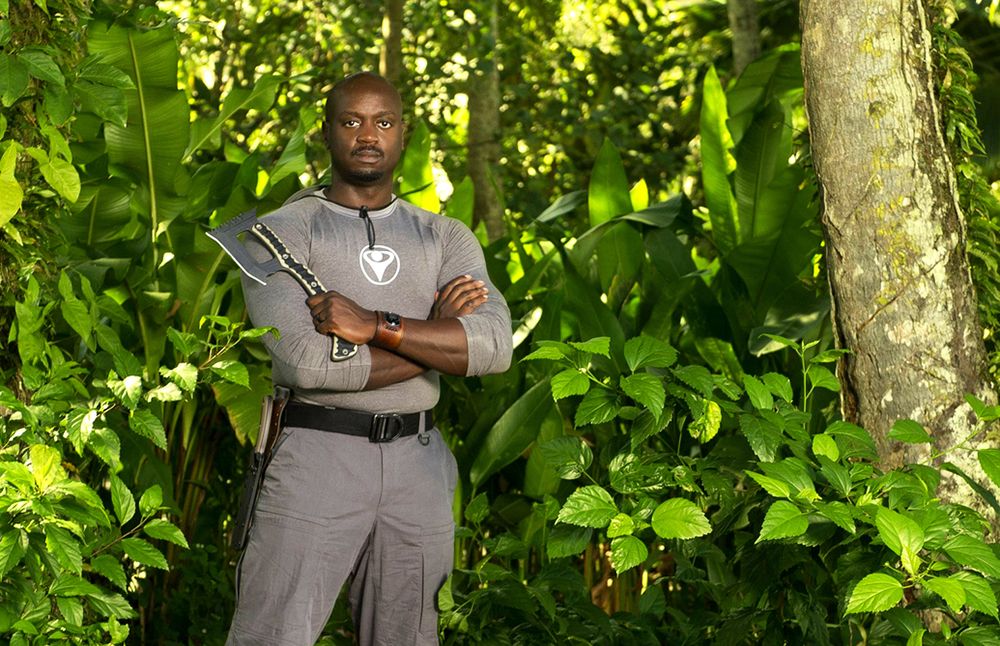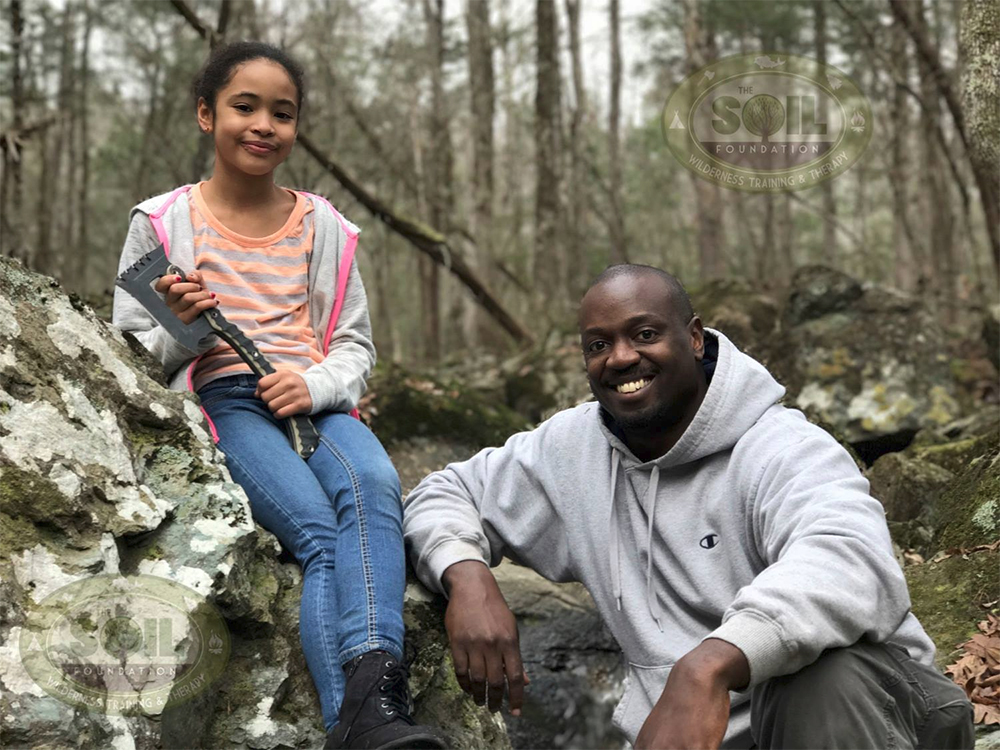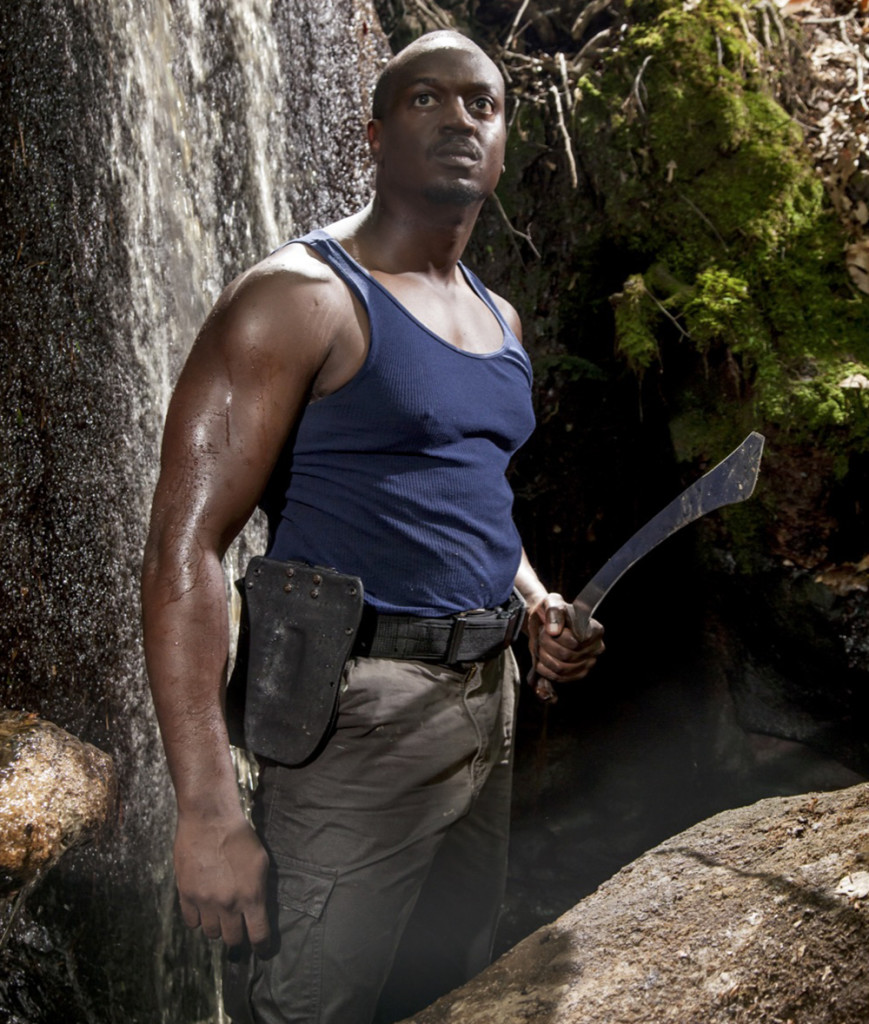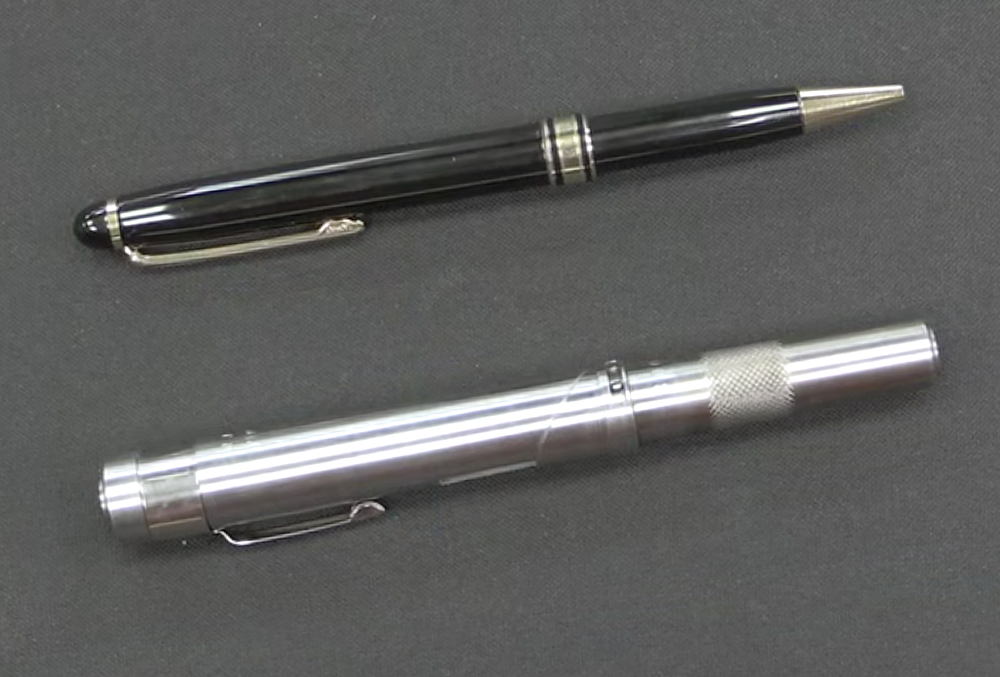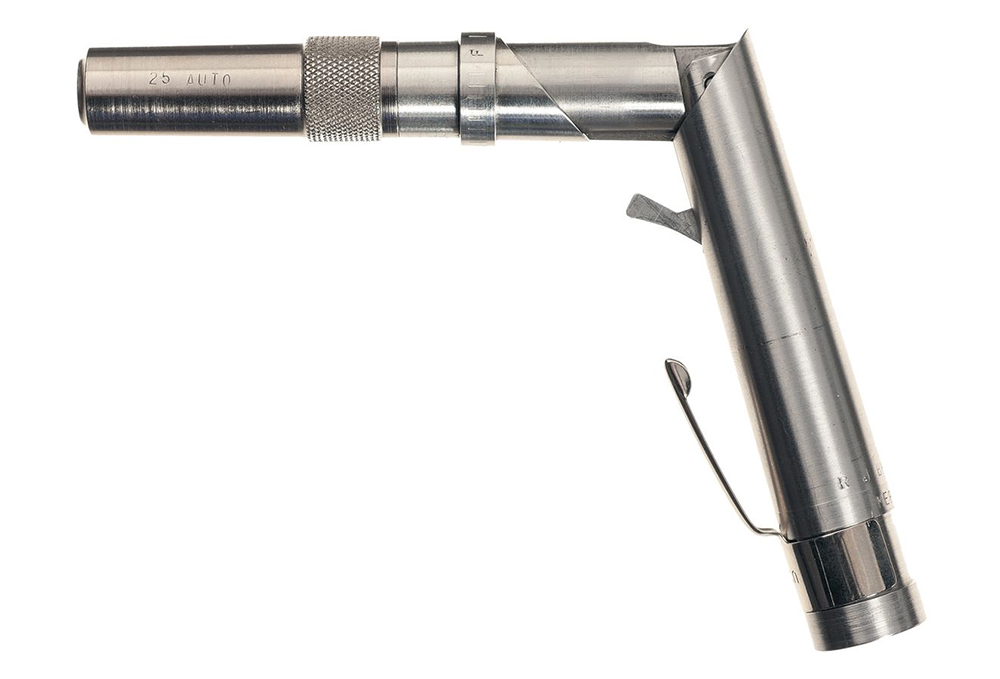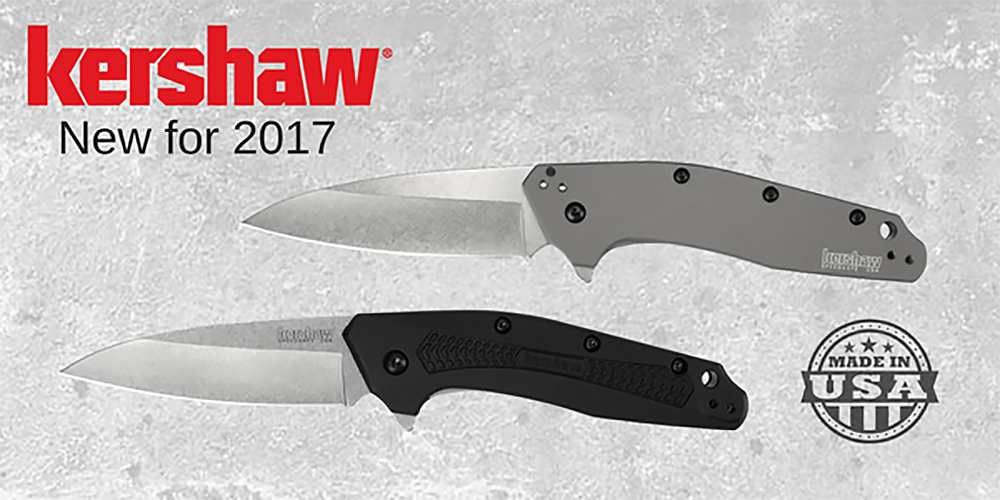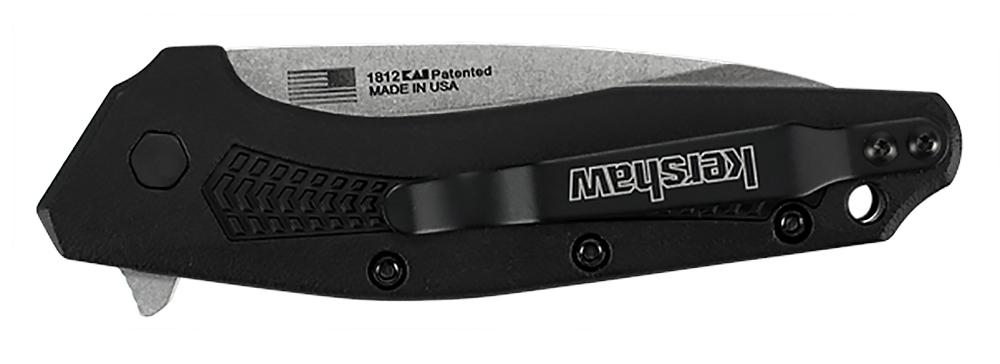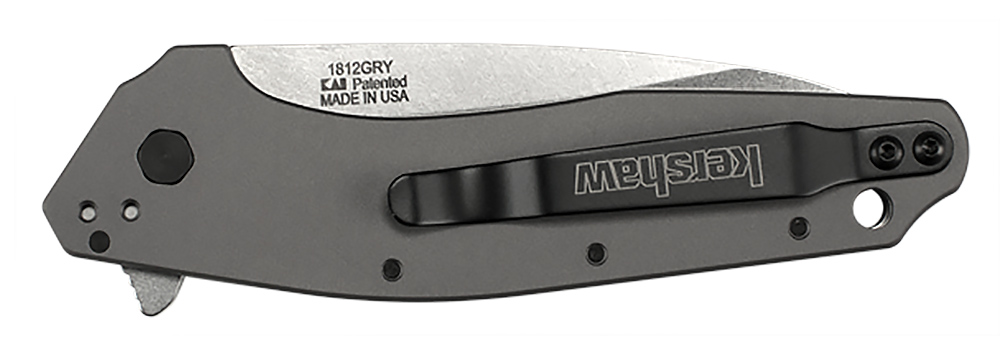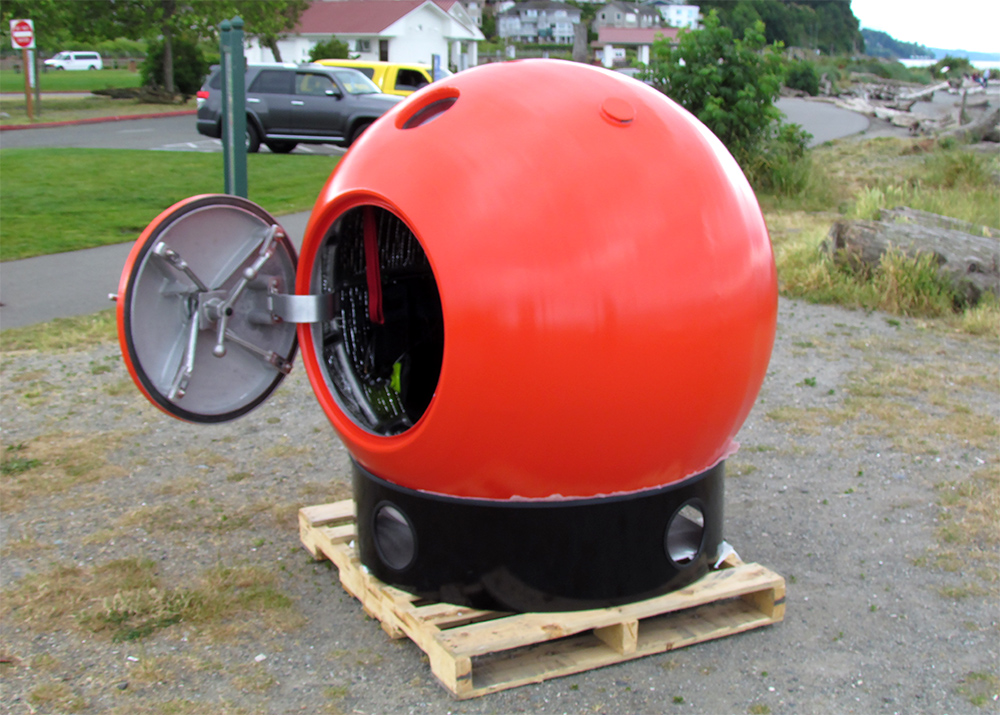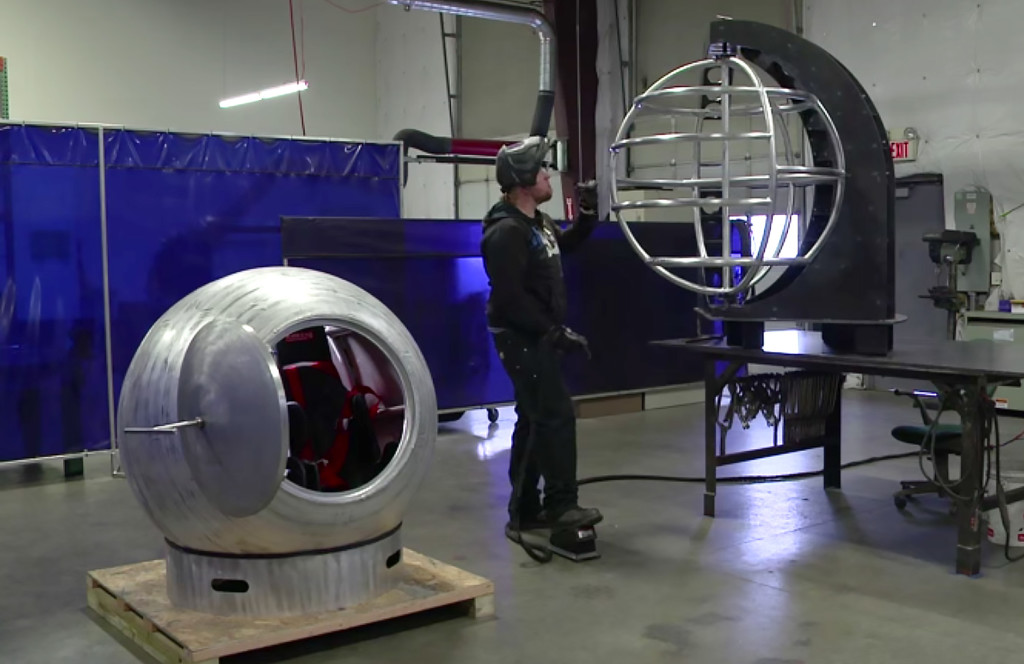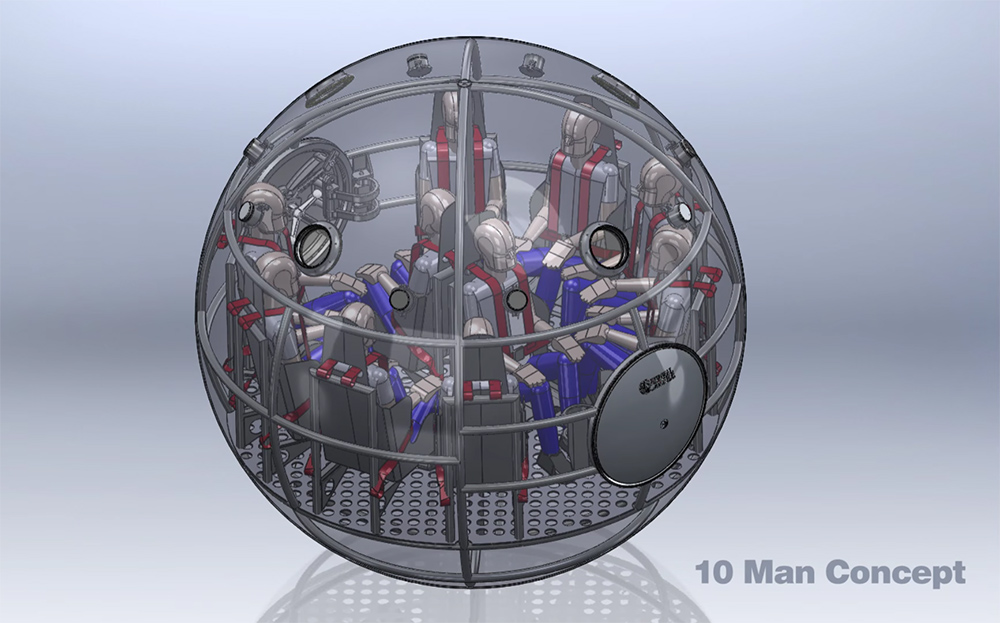You've likely heard the old saying that clothes make the man. While that's clearly an oversimplification, it's certainly true that your clothing speaks volumes, and it's often one of the first things strangers will notice about you. Imagine waltzing into a biker-filled dive bar wearing a tuxedo and a gold Rolex, or trying to get a table at the Ritz Carlton in Paris while wearing an oil-stained Budweiser T-shirt, cut-off shorts, and flip-flops. In either case, you're virtually guaranteed to become the center of attention, whether you want to or not.
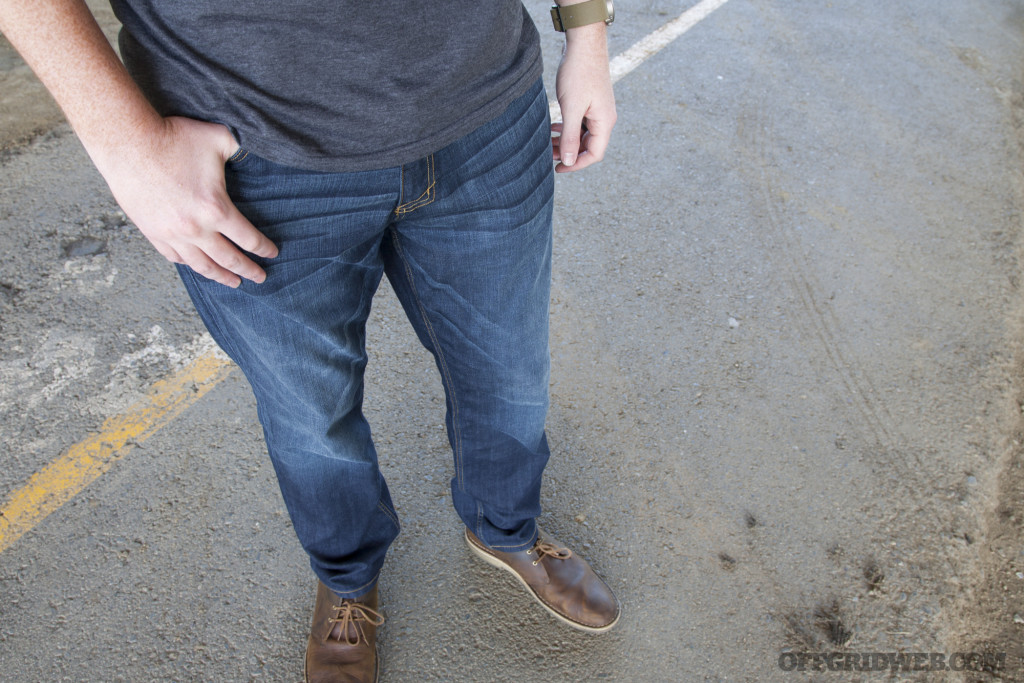
The point we're making is not about the importance of looking hip so others notice how fashion-conscious you are. It's about the importance of remaining aware of how others perceive you based on your clothing. This is one of the core principles of the “gray man” philosophy. If your clothing appears similar to that worn by those around you, and your actions aren't conspicuous, passersby won't give you a second glance. In everyday life, this can be convenient, but in an emergency scenario, it can dramatically increase your chances of remaining unnoticed and safe.
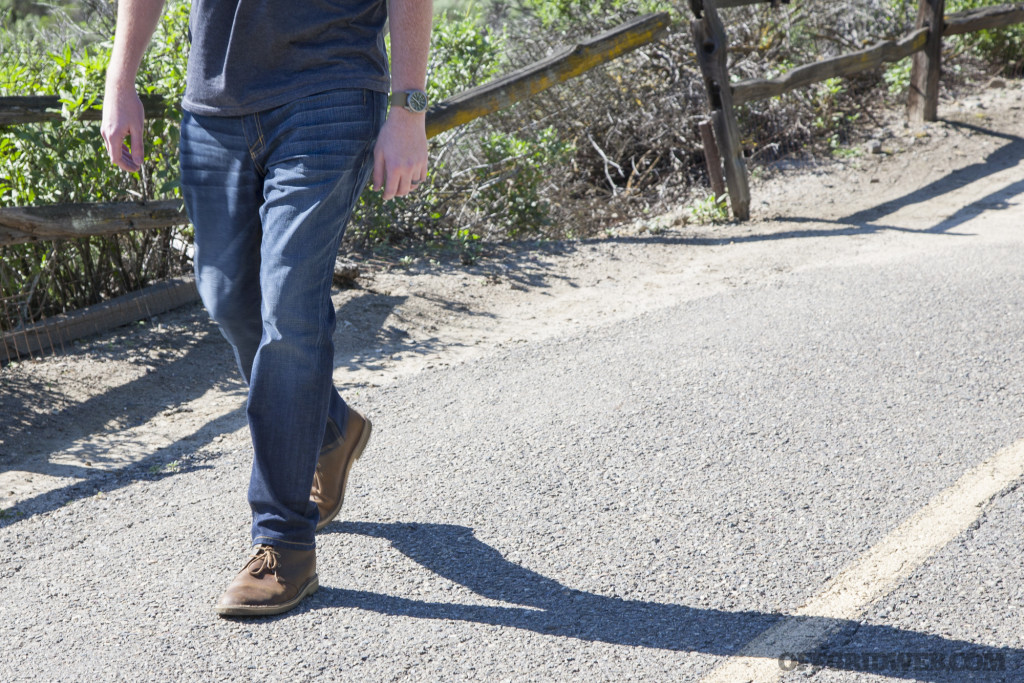
However, there's a need for compromise here. Military and tactical apparel often offers many advantages over run-of-the-mill garments — extra storage pockets for your EDC gear, concealed-carry enhancements, breathable and moisture-wicking fabrics, extreme durability, high-tech lightweight insulation, and so on. The question becomes, how can I retain the capabilities I need without broadcasting my preparedness to the world? When too much emphasis is put on blending in, you may limit yourself to inferior gear; when too little emphasis is placed on this discretion, you may end up painting a target on your own back.
Blue Jeans & Blending In
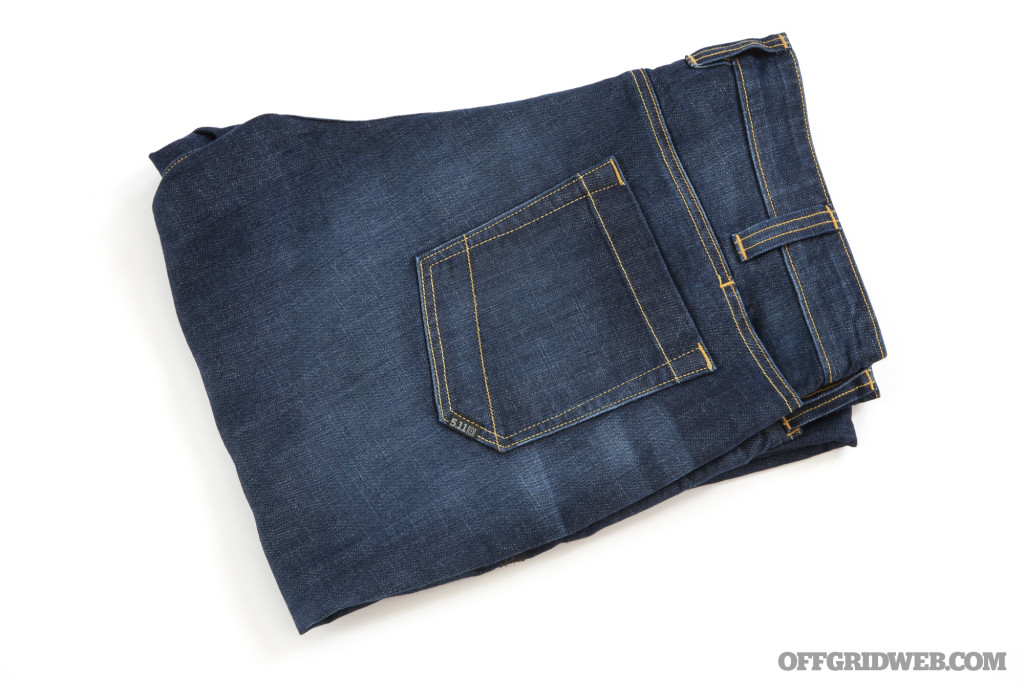
Blue jeans are about as universal as clothing gets. With a nice pair of shoes and a blazer, jeans can appear upscale and sophisticated. With some old sneakers and a hooded sweatshirt, they'll give off a casual blue-collar vibe. They won't look out of place on a remote hiking trail, a construction site, or a bustling city street. You might say they're the ultimate gray man apparel.
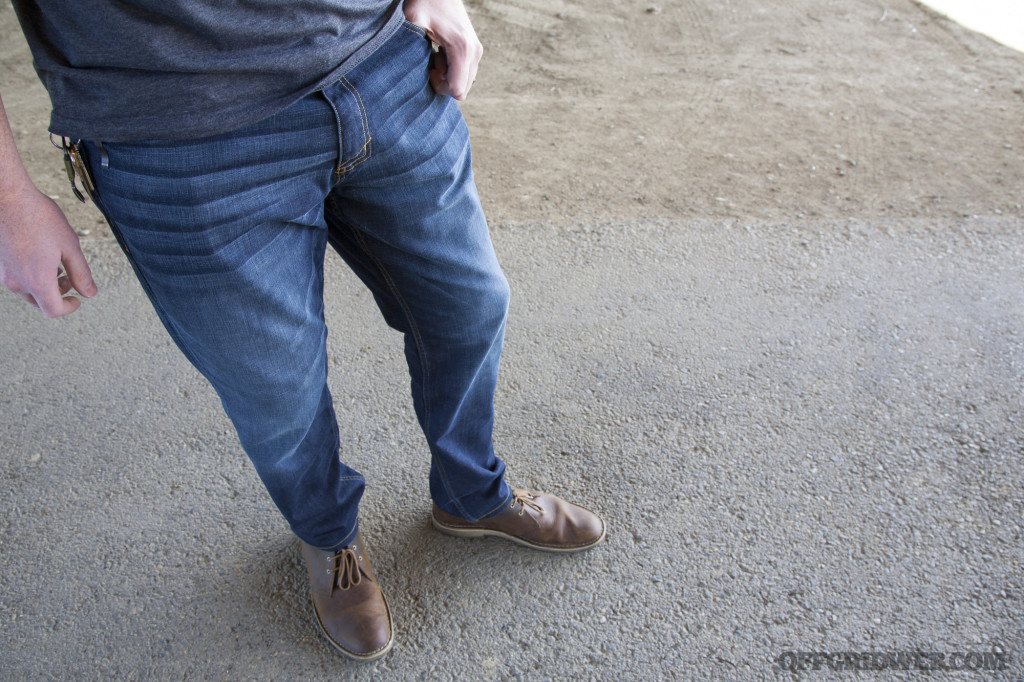
Unfortunately, there are some downsides to traditional jeans. The denim fabric is essentially just densely-woven cotton, and that's not a recipe for a flexible material. It doesn't have much stretch or give, so it can feel restrictive during strenuous physical activity. Also, most jeans have five pockets — two on the front, two in back, and a small change pocket on the right side. The last pocket is usually so shallow that it's not useful for carrying much more than a lighter or tube of lip balm.
5.11 Defender-Flex Jeans & Pants
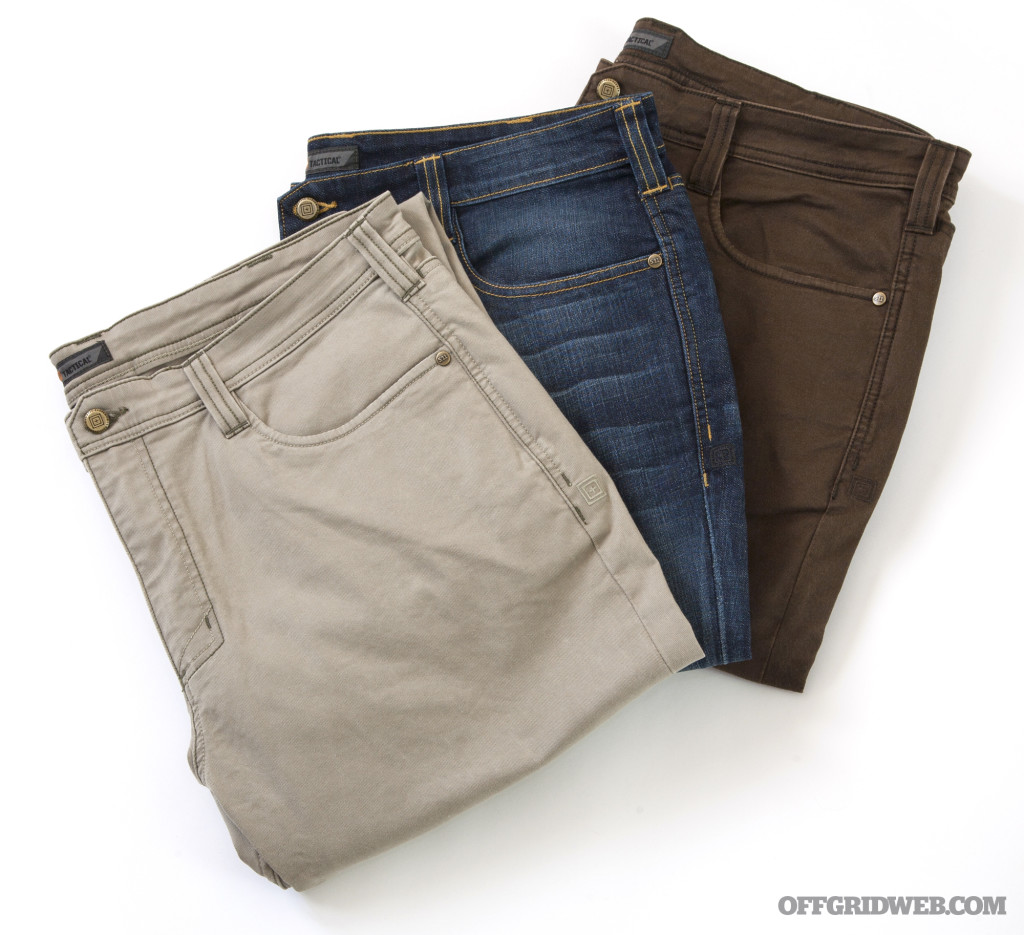
5.11 Tactical recently announced the release of a new line of pants known as Defender-Flex. This line includes Dark Wash Indigo (pictured) and regular Indigo denim blue jeans, as well as twill fabric pants in a variety of colors. The Defender-Flex jeans and pants will be available in slim-fit or straight-fit, and there will also be a women's version.

All variants will retail for $70, but at the time of writing this article, these items are not yet listed for sale on 5.11's web site. The company says the Defender-Flex line will be available to the public starting in Spring 2017. We're told the colors seen here will be the first styles available, while other pant colors and women's versions will be coming later.
Up to this point, everything sounds pretty run-of-the-mill, but there's more to these jeans than meets the eye — and that's exactly the goal.
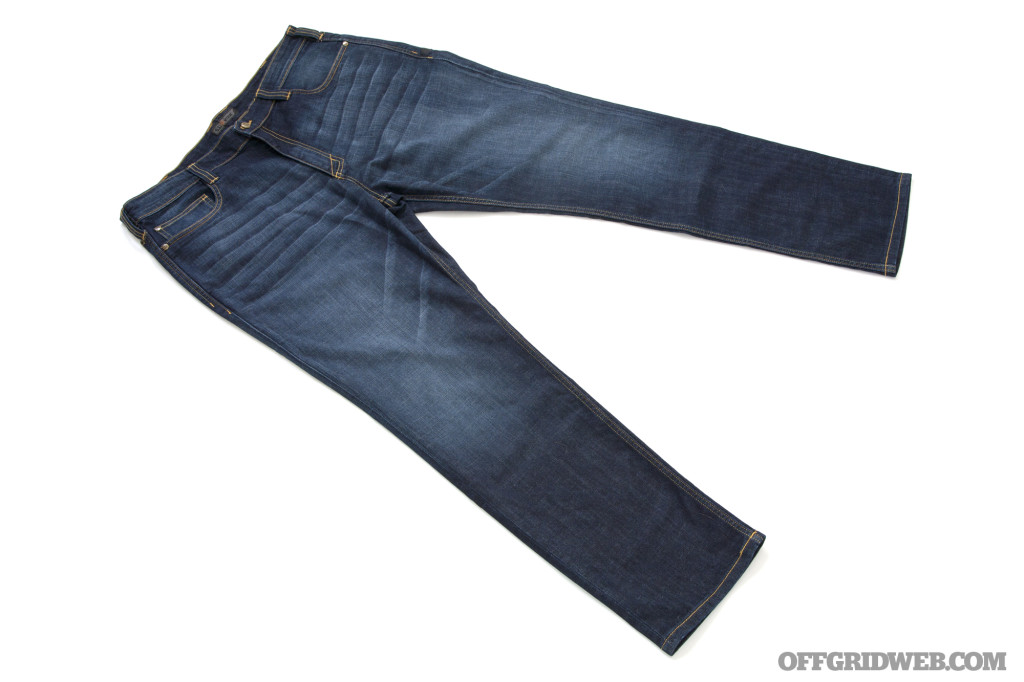
Admittedly, these aren't the first “tactical jeans” to ever hit the market; a few other companies have produced their own variants in the past. However, the 5.11 Defender-Flex line resembles ordinary jeans more than some we've seen, and it's also available at a substantially lower price point than others. As for design, comfort, and real-world functionality, read on for more details and our testing impressions.
Flexible Fabric
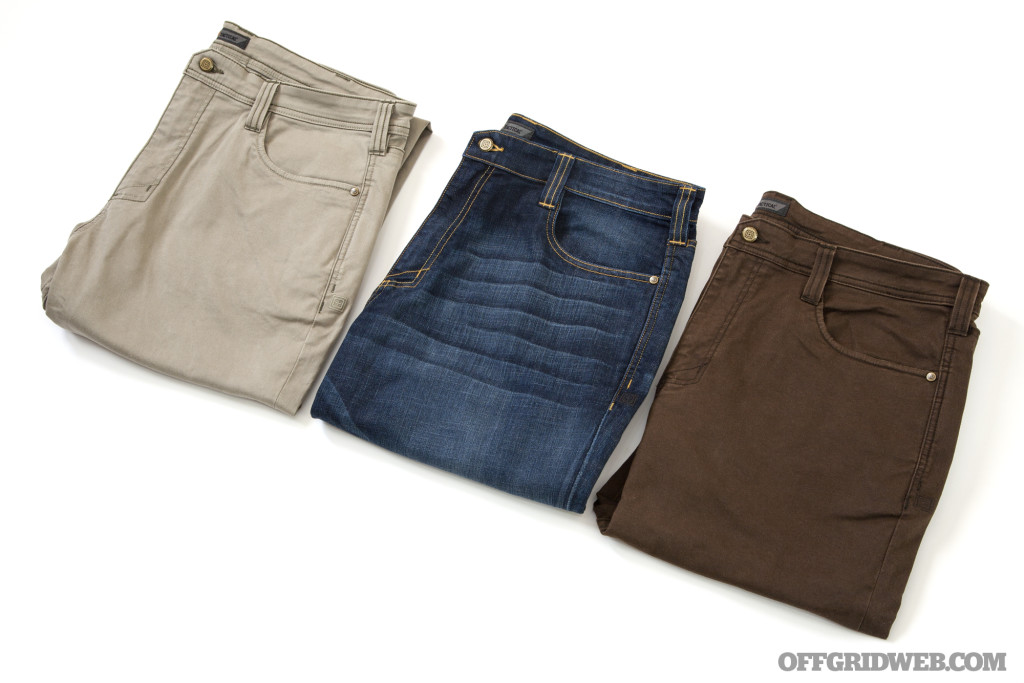
The biggest technical difference between the Defender-Flex series and your dad's old Levi's or Wranglers is the fabric. The Defender-Flex jeans are composed of Lycra T400 Tough Max, a cotton/polyester-blend fabric. The manufacturer claims Tough Max fabric is twice as strong as regular 100% cotton denim. It's also said to have higher tear and tensile strength than cotton, as well as high abrasion resistance. The label lists the composition as 76% cotton and 24% polyester.
Defender-Flex pants use a slightly different fabric than the jeans, resulting in a smoother finish and slightly more stretch. The label on the pants lists composition as 66% cotton, 31% polyester, and 3% elastane (also called Spandex or Lycra). Aside from this fabric and different color options, the jeans and pants are identical.
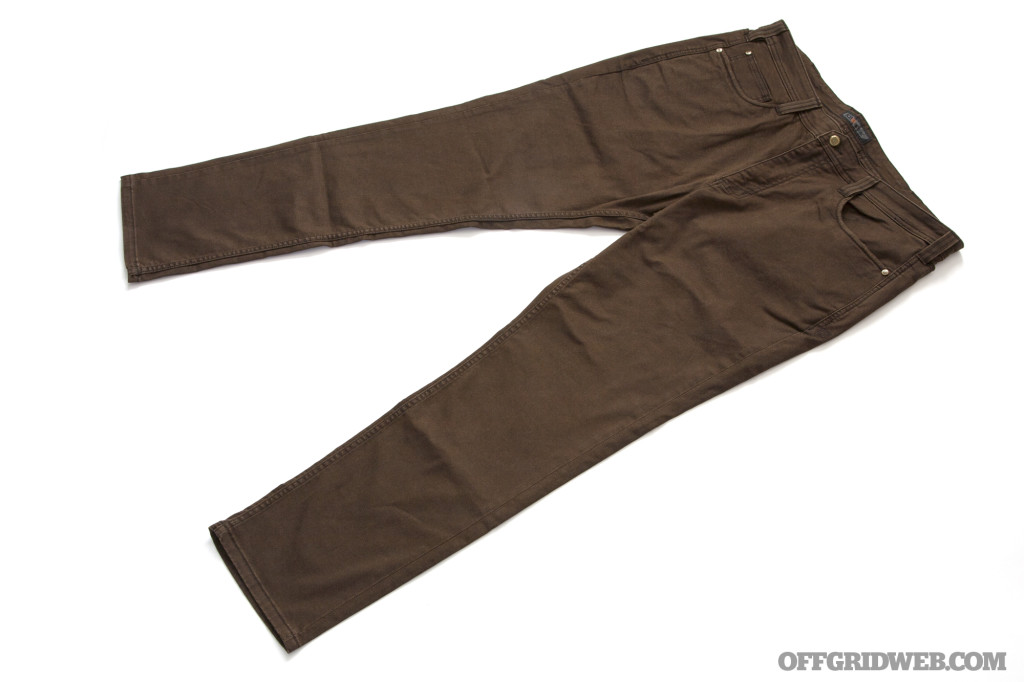
In addition to this modern fabric, 5.11 Tactical added extra-thick hems and stitching to further reinforce key wear areas, such as the button closure and edges of the front pockets. There are 8 belt loops, three on each side and a pair at the rear. These loops are slightly thinner and more pliable fabric than those found on Levi's, but at 3/4-inch wide they're about 30% wider than the Levi's loops. Tough brass rivets emblazoned with “5.11” text and a brass button with the 5.11 logo serve as subtle finishing touches.
Seven Pockets
The other distinctive characteristic of the 5.11 Defender-Flex is its pockets. Each pair offers a total of 7 pockets. We'll list them below along with the pocket dimensions, and how they compare to the pocket dimensions on a pair of Levi's 505 jeans.

- Two front pockets — 5″ wide by 6.5″ deep — 0.5″ shallower than Levi's
- Right side coin pocket — 3.25″ wide by 4.75″ deep — 1.5″ deeper than Levi's
- Two back pockets — 4.5″ wide by 6″ deep — 1.5″ narrower than Levi's
- Two side mag pockets — 4″ wide by 5.25″ deep — N/A (not present on Levi's)
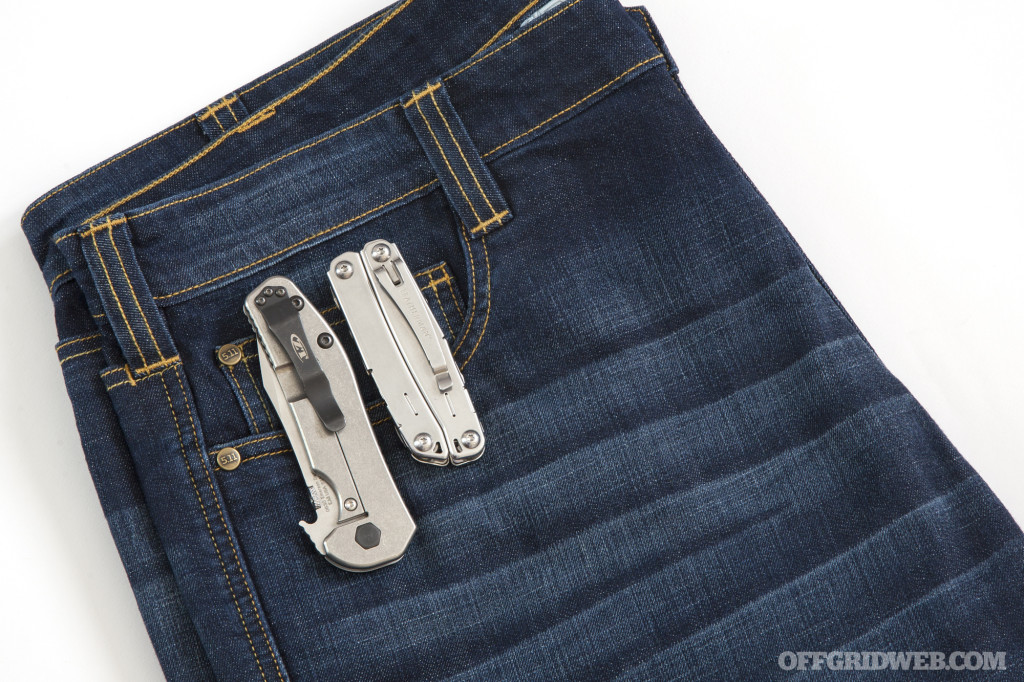
Above: The extra-deep “coin pocket” can fit a variety of surprisingly large items, such as a hefty Zero Tolerance folding knife (4.9 inches long when closed), a Leatherman Wingman multi-tool, a deck of playing cards, or an Altoids tin. Calling it just a coin pocket would be short-changing it, if you'll forgive the pun.
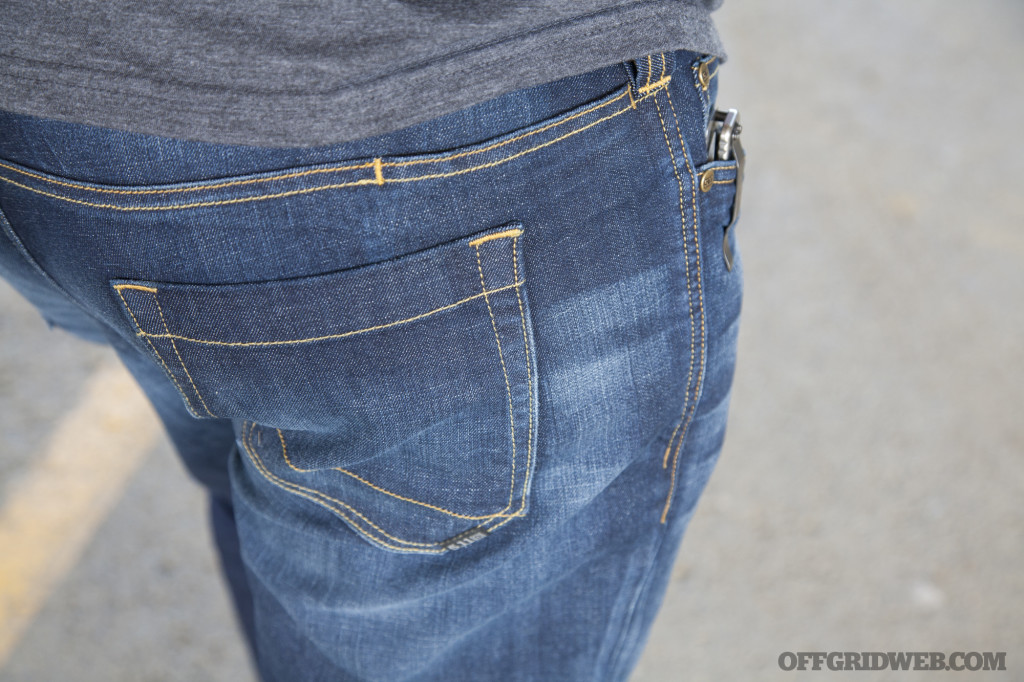
The rear pocket size is pretty much what you'll find on other pairs of jeans, but its proximity to the side mag pockets is convenient. You could use them for the recommended purpose of holding rifle magazines at the range, or drop in a USB battery pack to charge your smartphone on the move. Unlike other jeans, you won't have to rely heavily on your front pockets for EDC items.
Above: Rather than carrying a separate blow-out kit, the mag pockets could easily fit a tourniquet, hemostatic gauze, and Israeli bandage for emergency medical care.
Now you're up to speed on the technical specs, materials, and dimensions of the Defender-Flex jeans, but the most important part of our review is yet to come. How do they work in the real world?
Our Thoughts: Defender-Flex Review
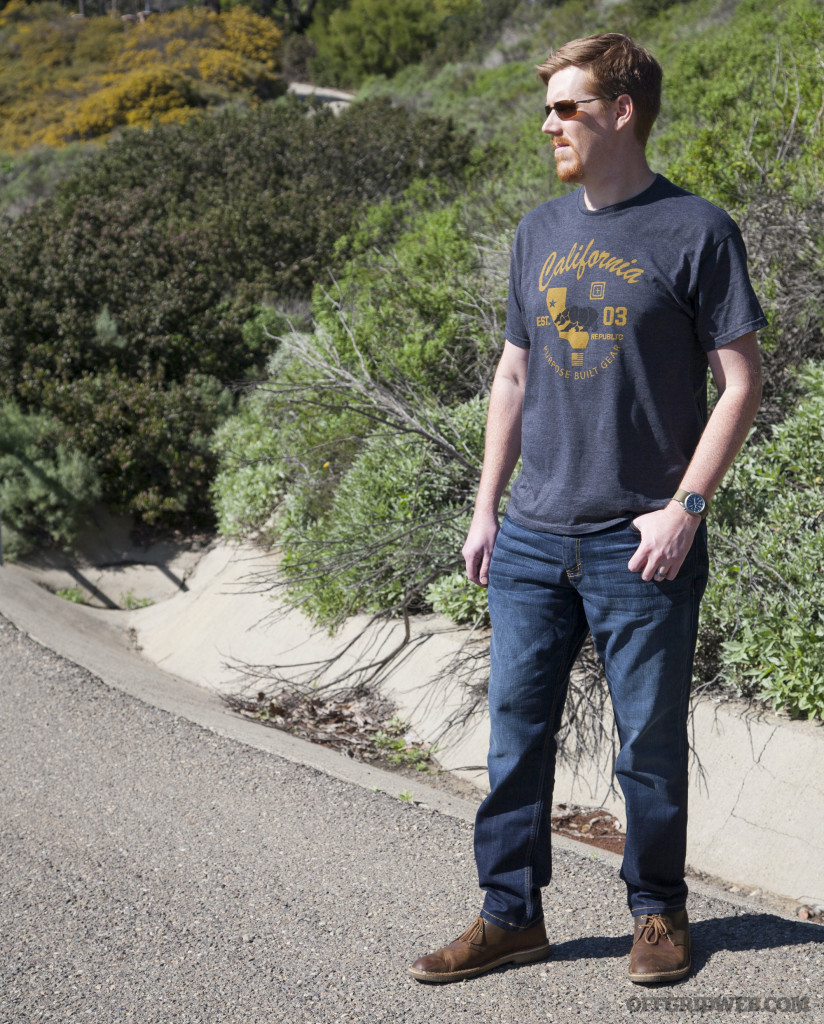
We received and tested three items from the new Defender-Flex series: a pair of straight-fit Dark Wash Indigo jeans, and two pairs of straight-fit Defender-Flex pants (Stone khaki and Burnt brown). As mentioned earlier, the jeans have a softer feel and slightly less stretch than the pants, due to higher cotton content. When exposed to moisture, the synthetic-heavy pants seem to dry out faster than the jeans, as you might expect. However, the differences between the pants and jeans are pretty much negligible.
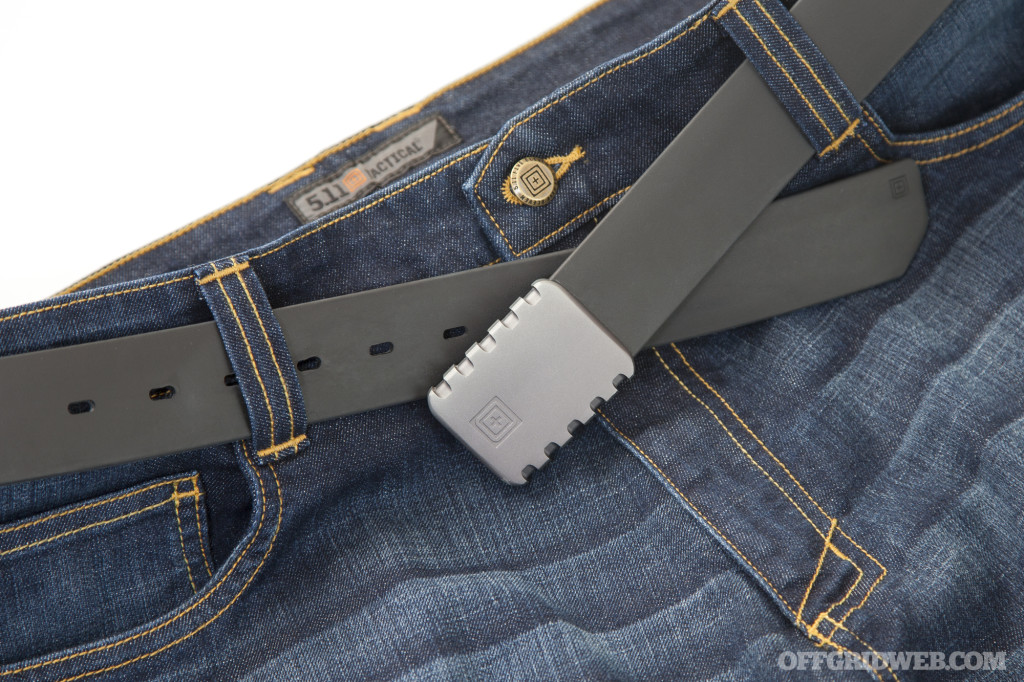
Above: We used a 1.5-inch 5.11 Apex T-Rail belt with these jeans. Most belts up to 2 inches wide should fit.
As we wore these around town, at home, and in the office, we found them exceptionally comfortable. The small amount of give and flex in the fabric means you don't feel the tension 100% cotton exhibits as you bend down or kneel. It's a subtle difference, especially in the jeans, but it's noticeable. They're also nicely breathable and lightweight, which is helpful for those who live in warmer regions.
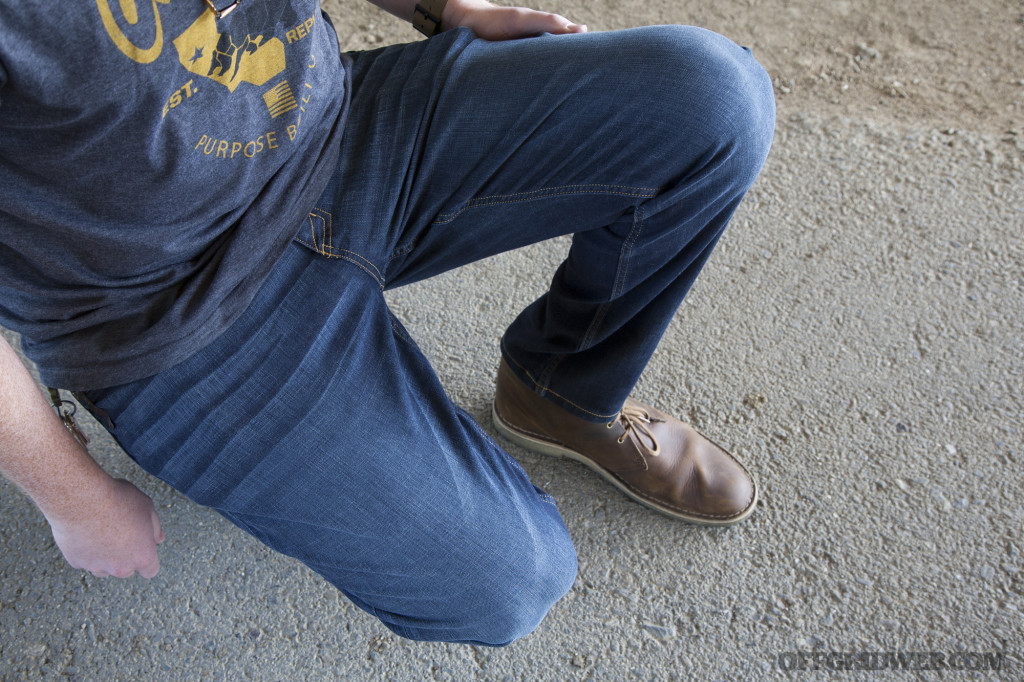
Regarding the construction, we didn't find any major flaws, but there are a few things we'd like to see improved:
- Thick pocket seams are nice for durability, but they're barely too thick to slide smoothly under the pocket clips on some of our EDC gear. (This may improve as the fabric breaks in.)
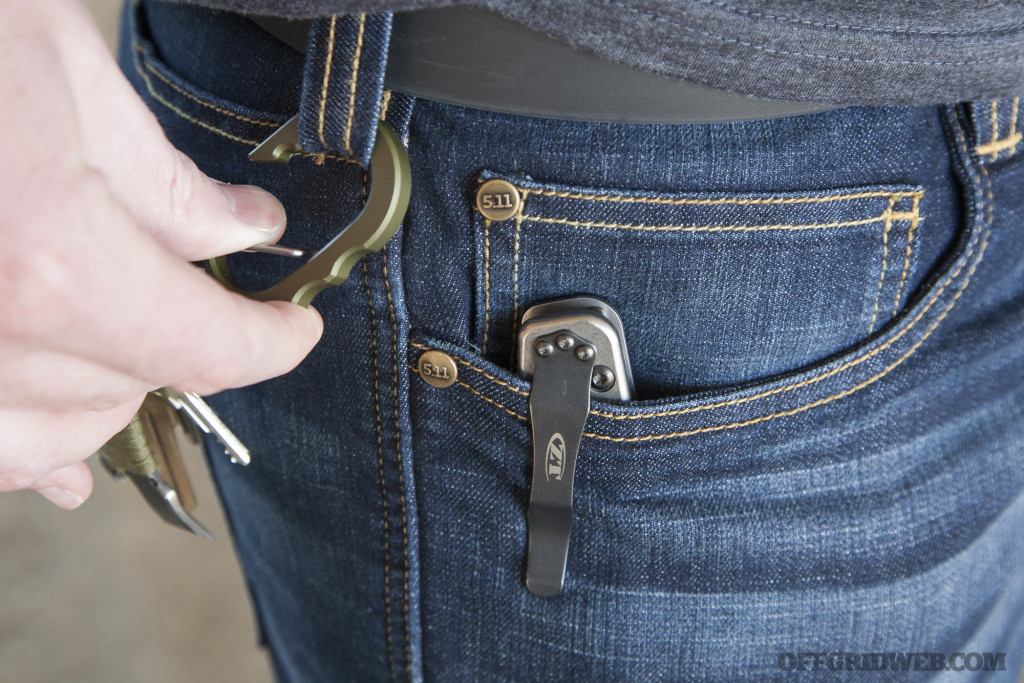
- While wide and securely stitched, the belt loop fabric doesn't feel quite as thick and sturdy as we'd like.
- The zipper is noticeably smaller than that found on a pair of Levi's. This isn't entirely confidence-inspiring, but it's too early to say how well it'll hold up in the long run.
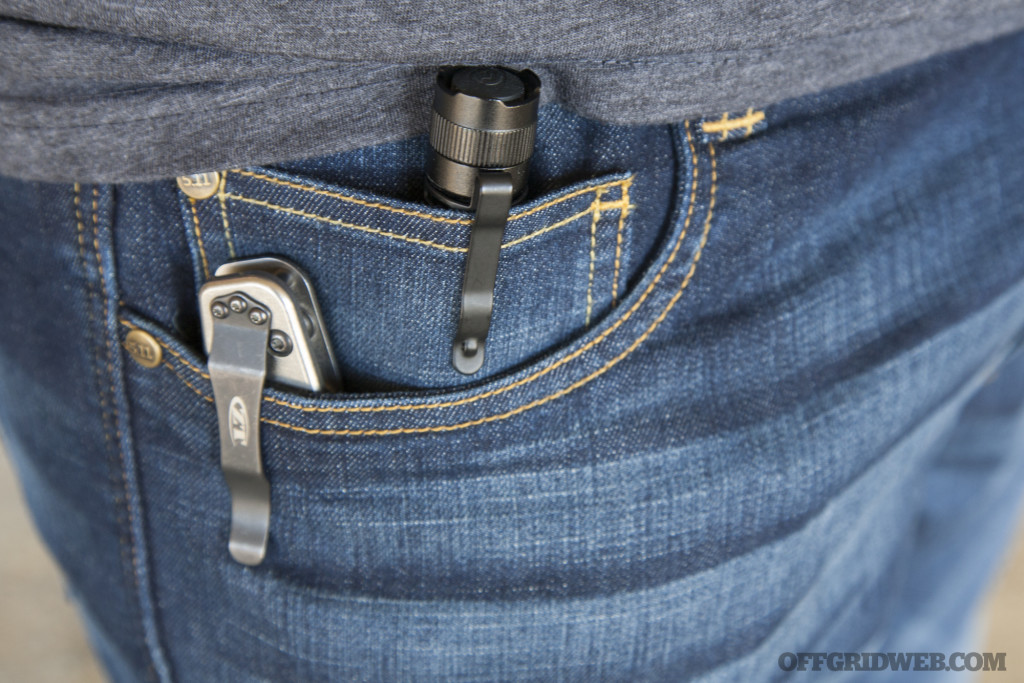
The clip on this Streamlight ProTac 2L snagged on the thicker front pocket seams, but slid easily into the coin...
As for the pockets, we found ourselves wondering, why the heck aren't all our jeans like this already? The setup is that good. When the mag pockets are empty, you can forget about them, but when you need extra storage space, they're right there waiting for you. Even if you're not using them for rifle mags, they come in handy constantly. Pickpockets might not think to look there, or want to reach into such a deep pocket, so you could conceal a slim wallet inside for travel purposes. Thicker items will produce a visible bulge, however.
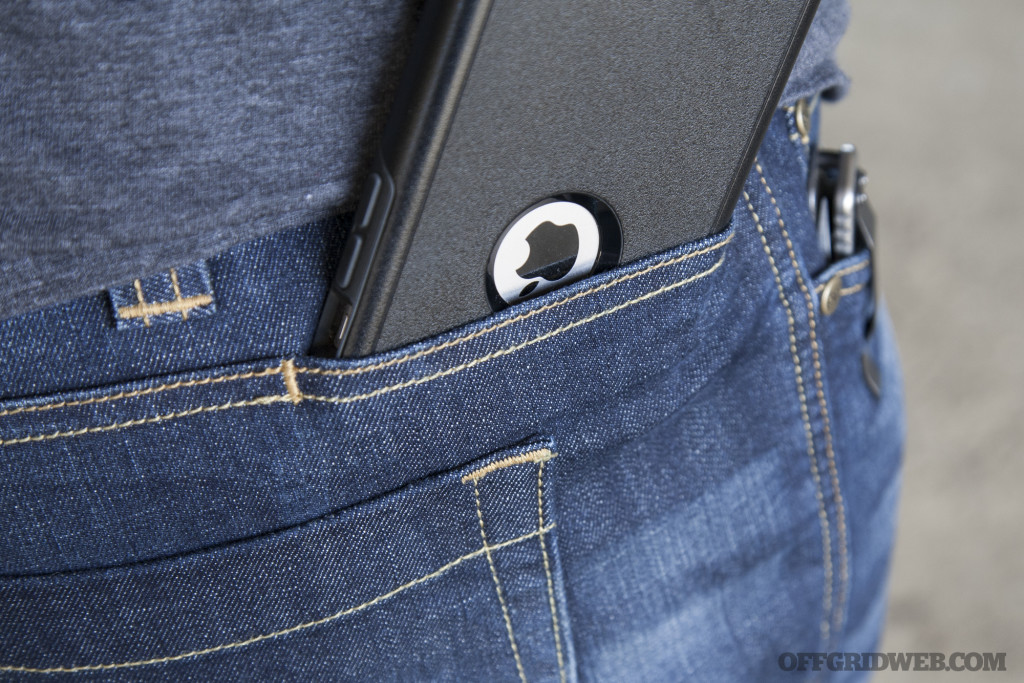
The coin pocket is also extremely useful. It swallows up flashlights, knives, tactical pens, and the like, leaving access to the pocket below unobstructed. If we could make a request, we'd ask for one more pocket — a tiny concealed pocket inside the waistband for emergency cash, a spare key, or other small essentials. But as it stands now, seven pockets is a whole lot better than four and a half.
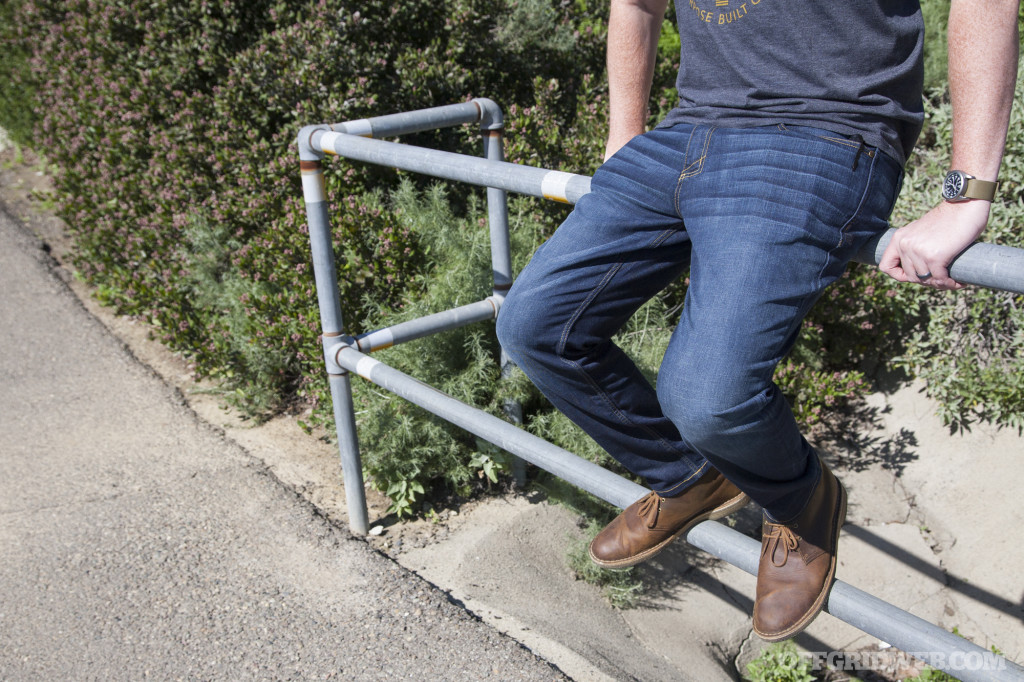
The Defender-Flex line bridges the gap between consumer-grade clothing and tactical apparel. Some may look at these as just pants with some extra pockets and stretch fabric, and think what's the big deal?, but to us these are legitimately a big deal. They're not just jeans, they're jeans that could potentially make the other pairs you own obsolete.
These aren't relegated to tactical training, range days, or outdoor excursions. You could wear them to the office or the mall, and nobody would bat an eye. Meanwhile, you'd be able to organize your EDC gear better, carry more in your pockets, and move with greater flexibility. Best of all, they only cost about $20 more than an ordinary pair of cotton jeans.
For more information on the 5.11 Tactical Defender-Flex jeans and pants when they become available, visit 511Tactical.com or follow 5.11 Tactical on Facebook.
